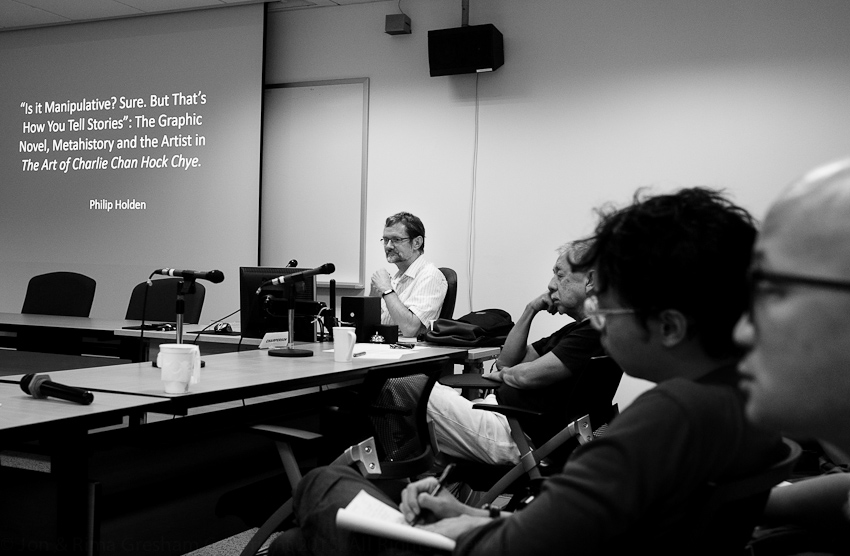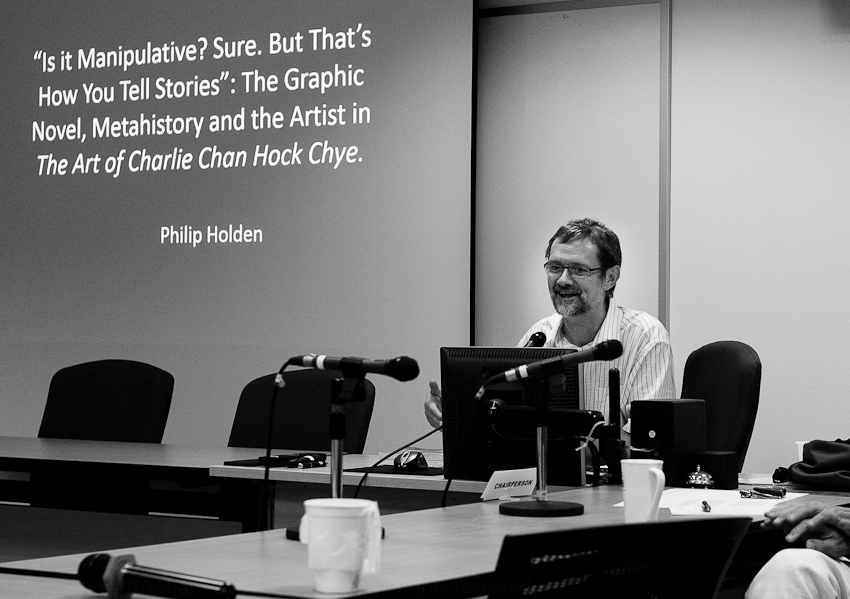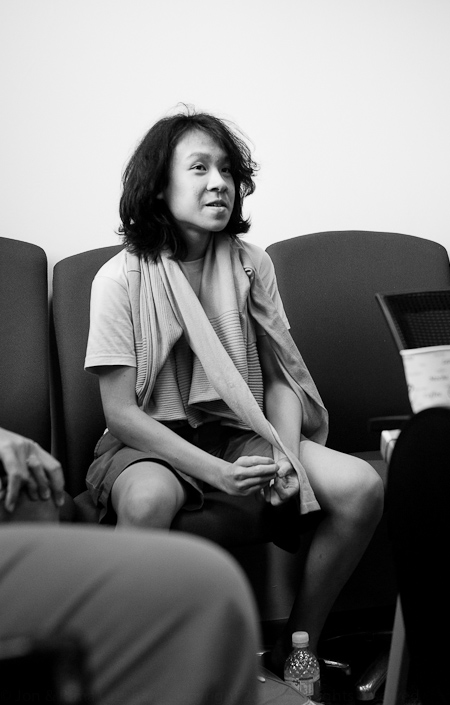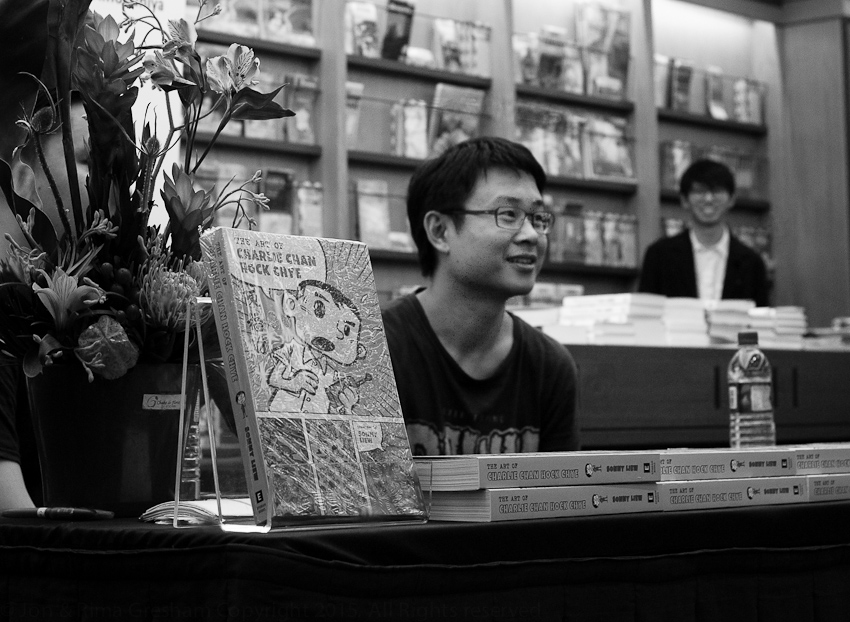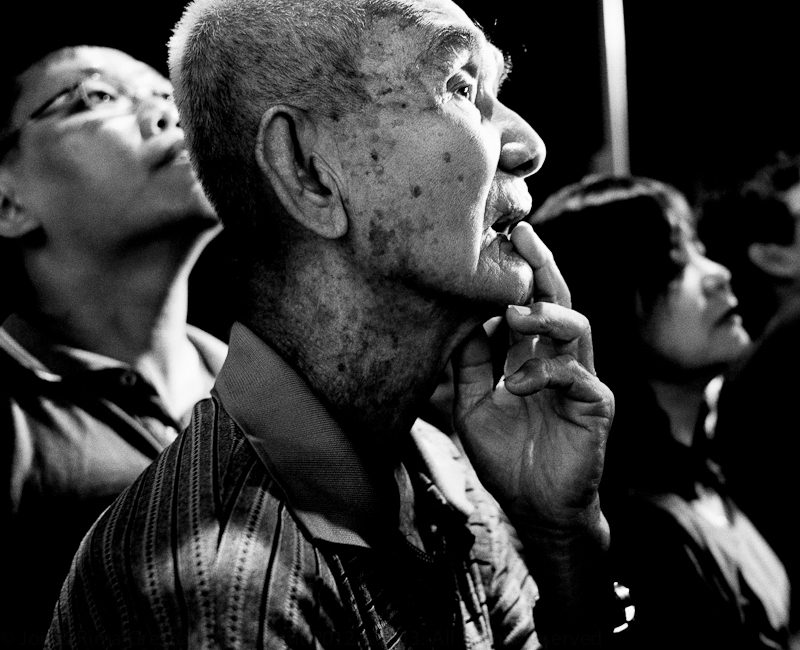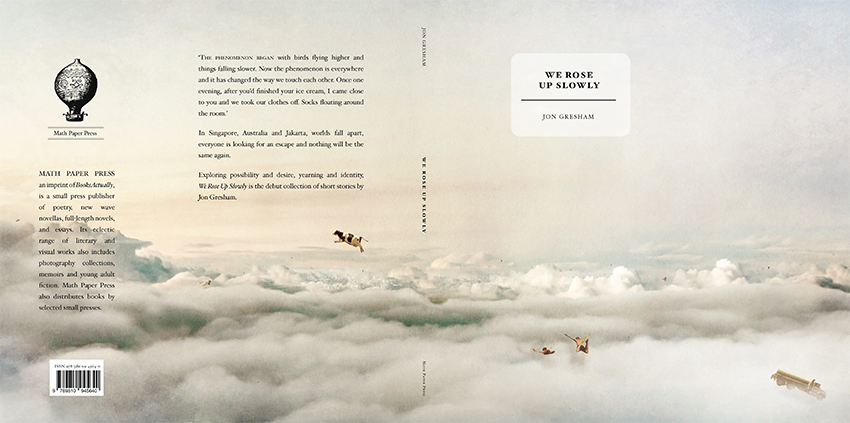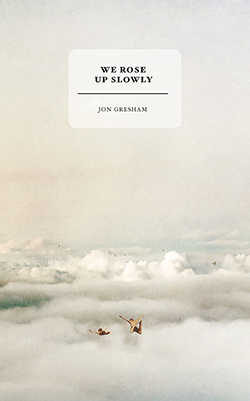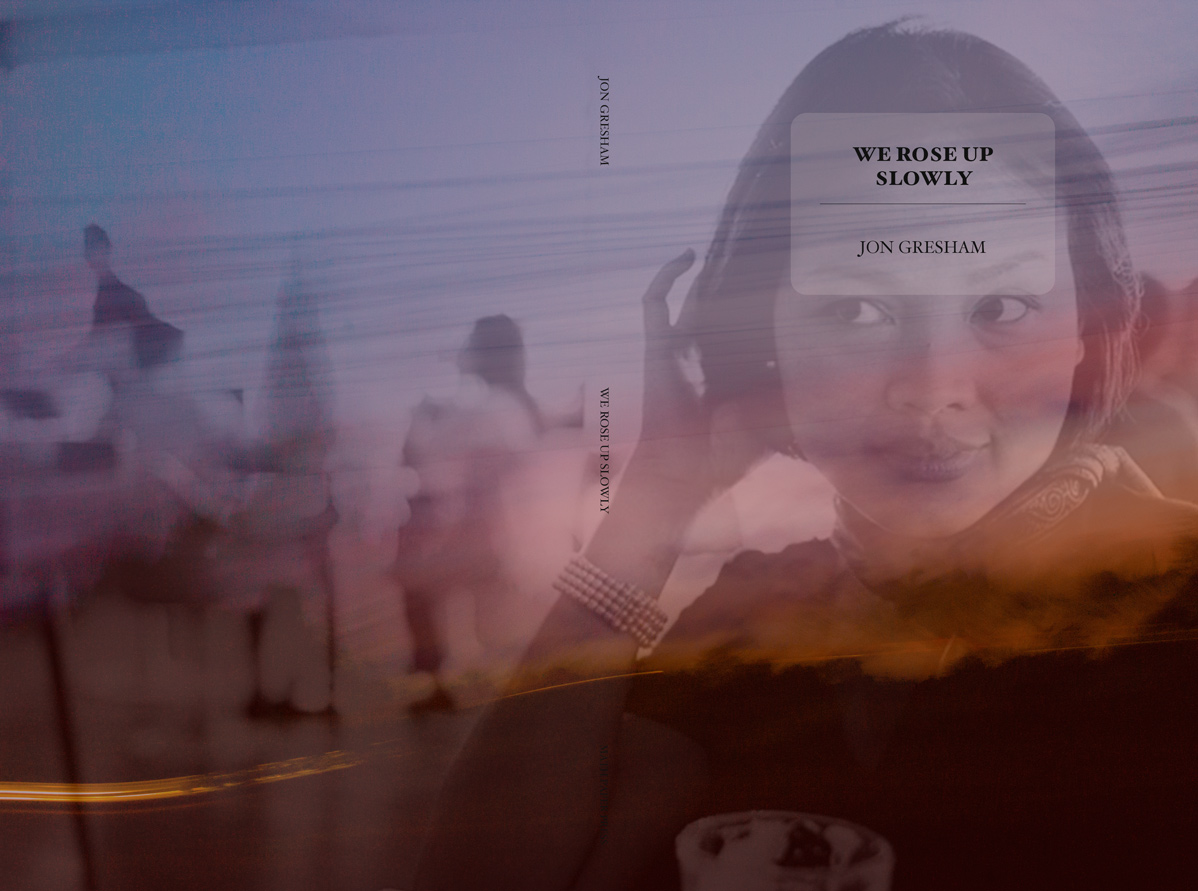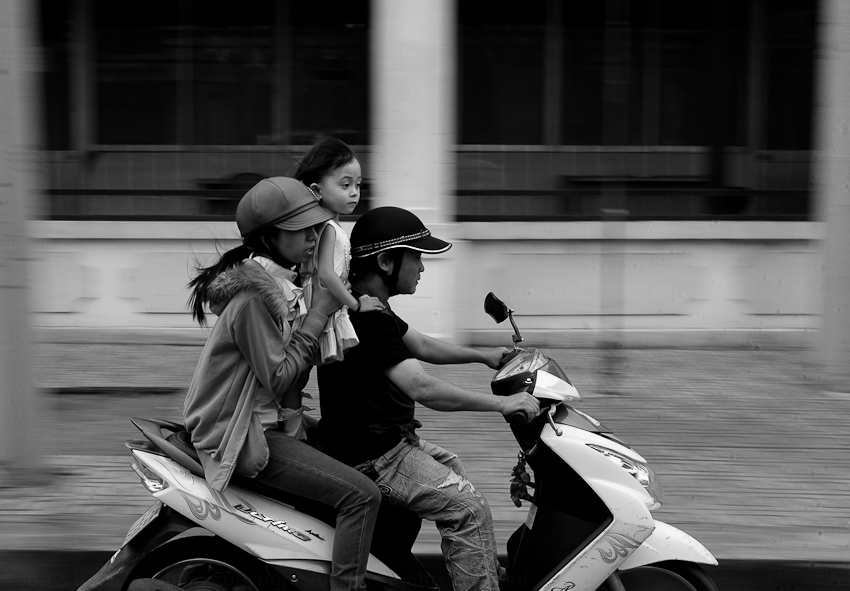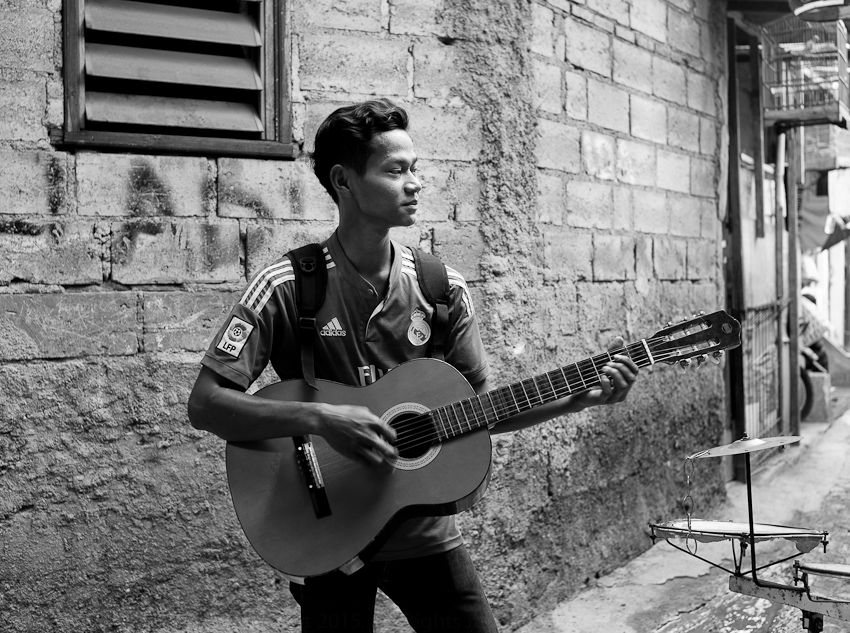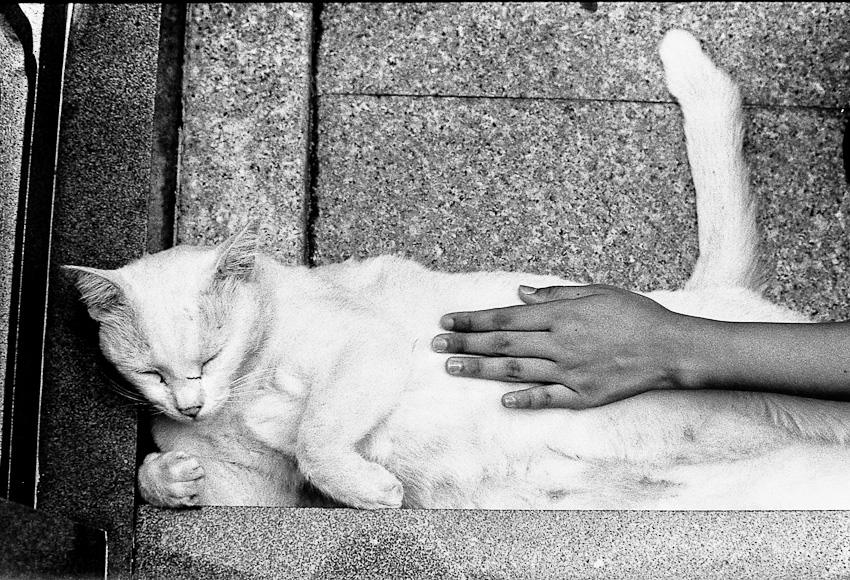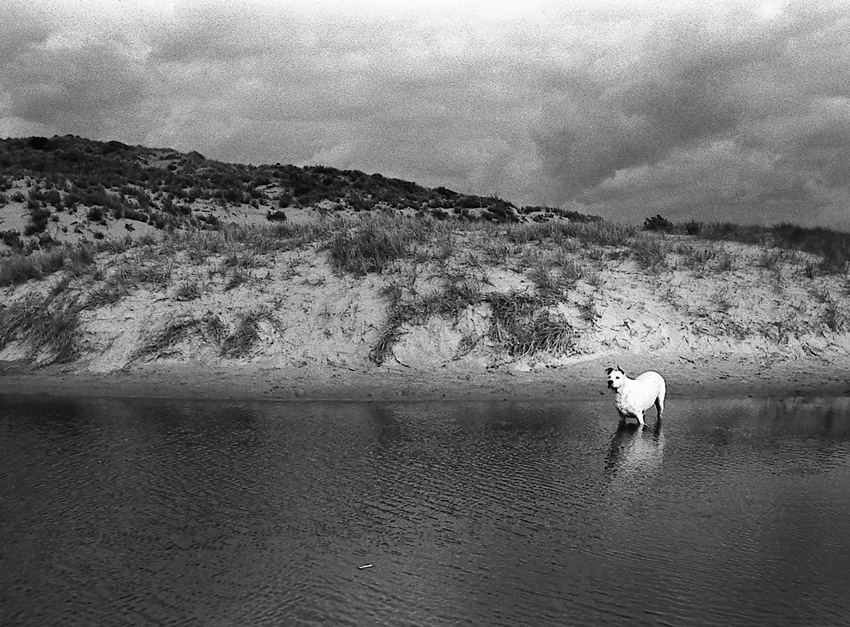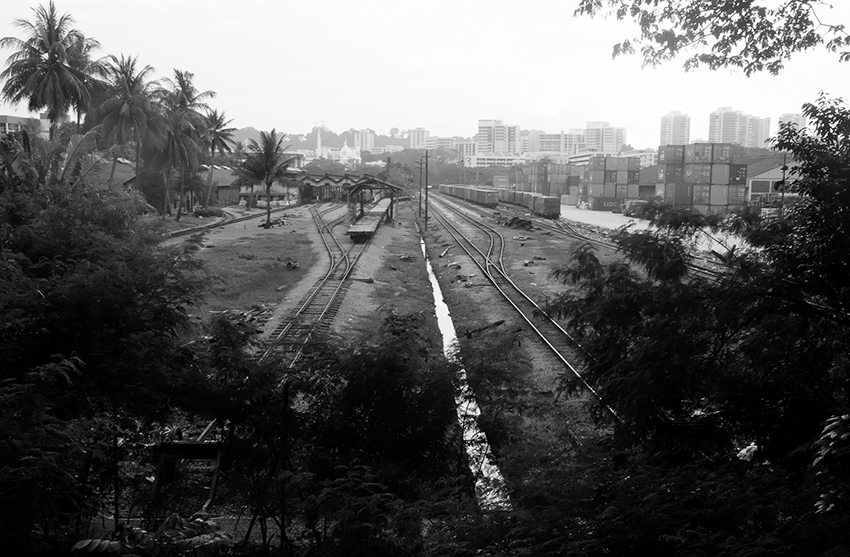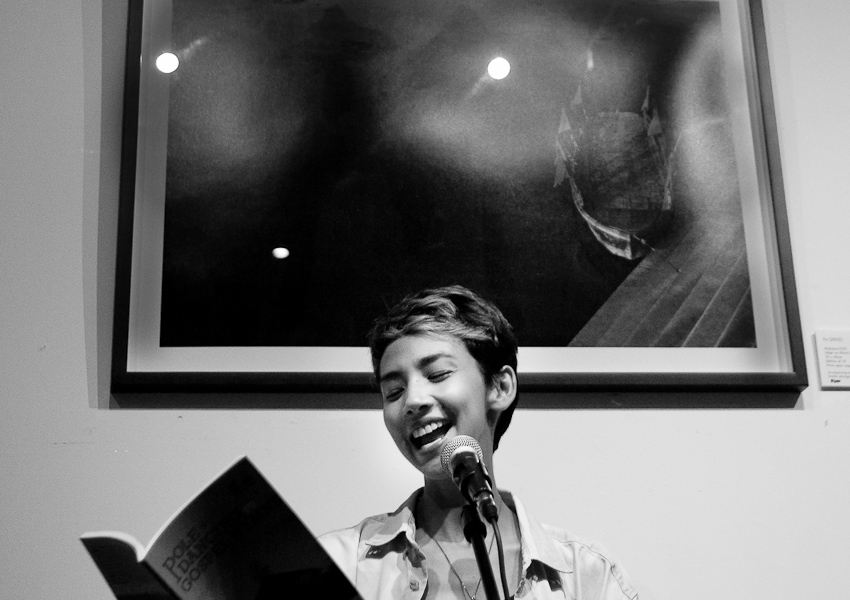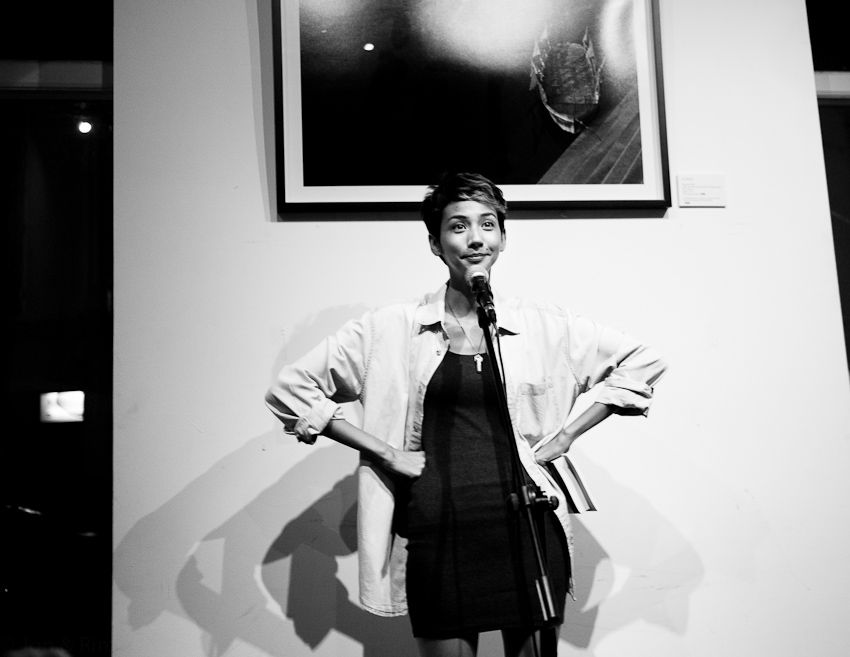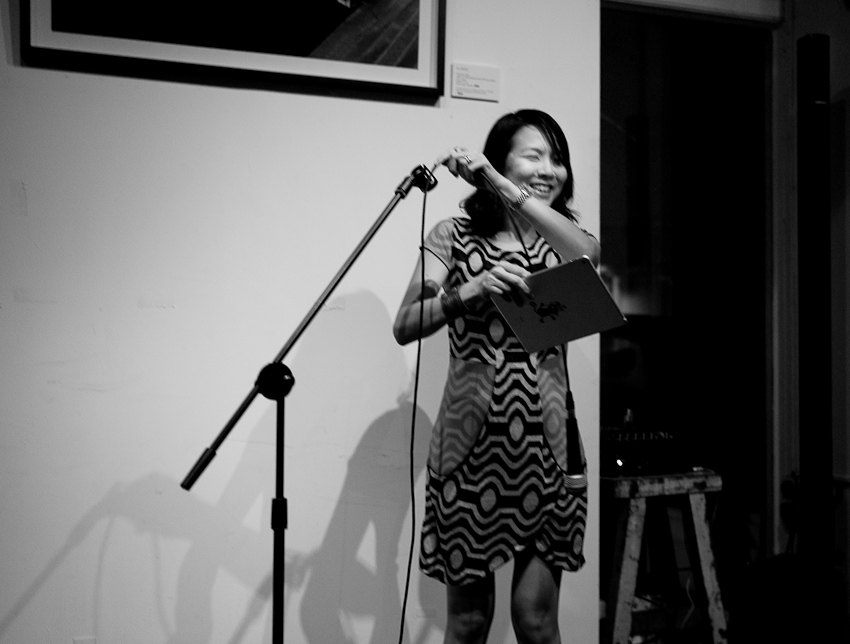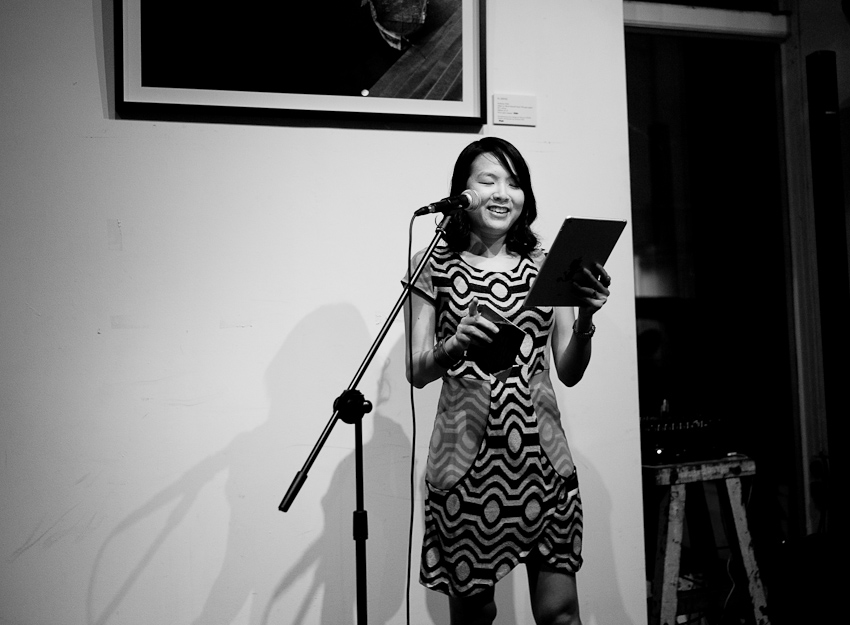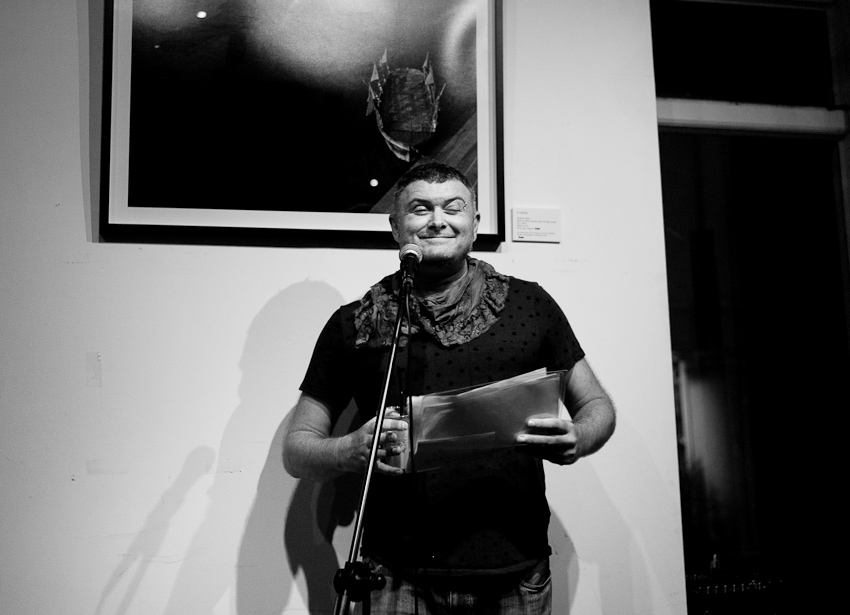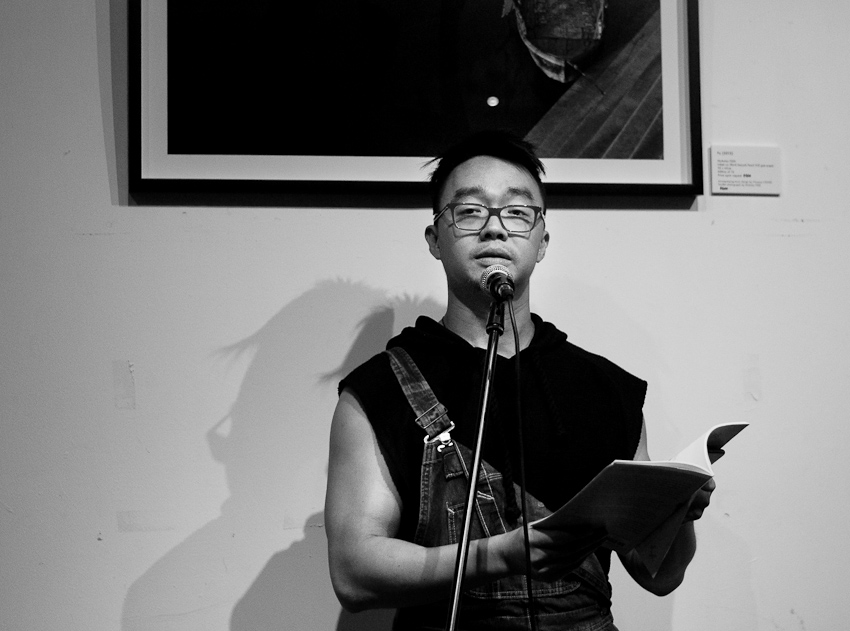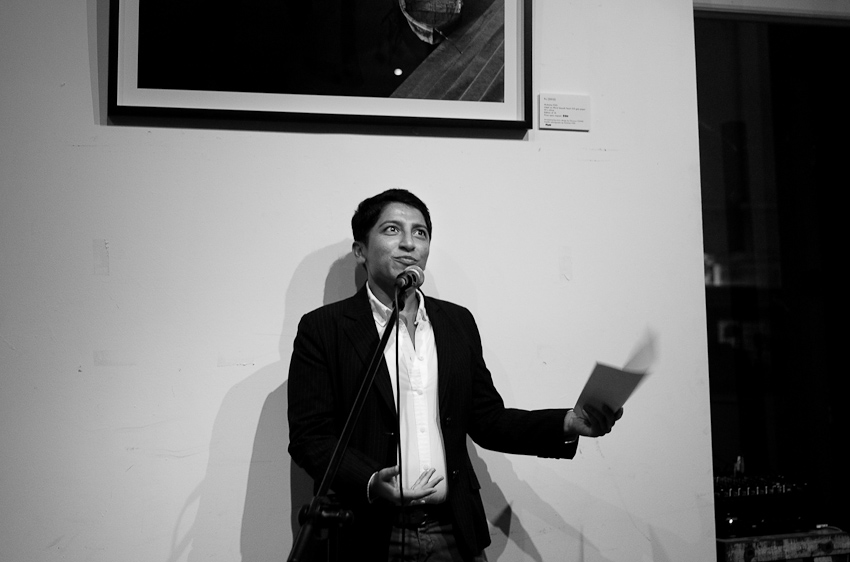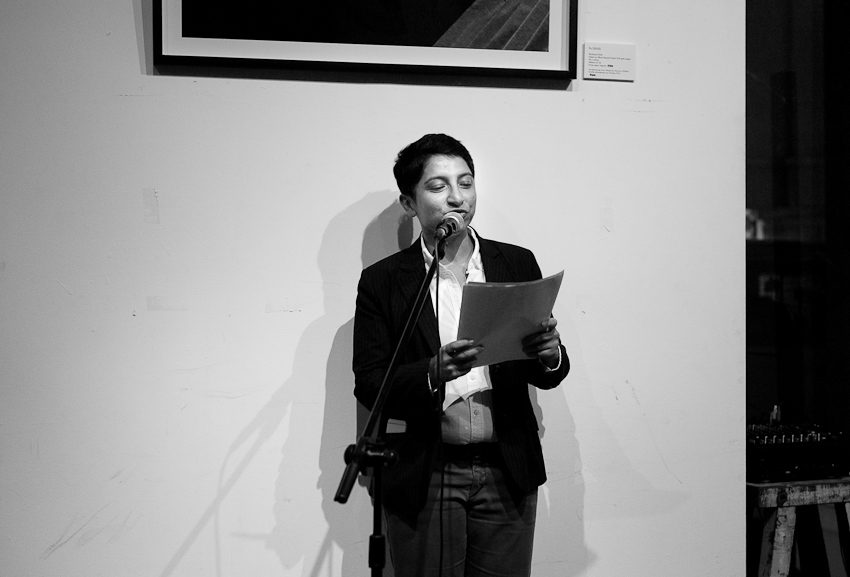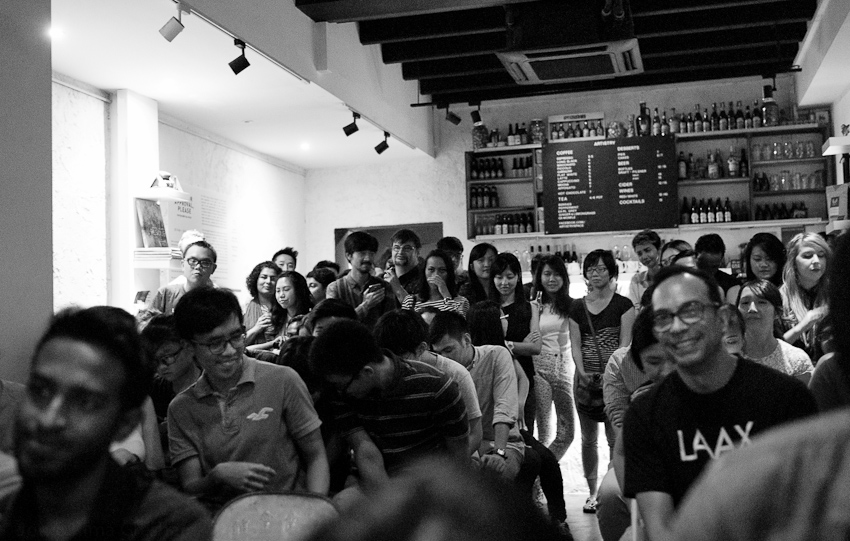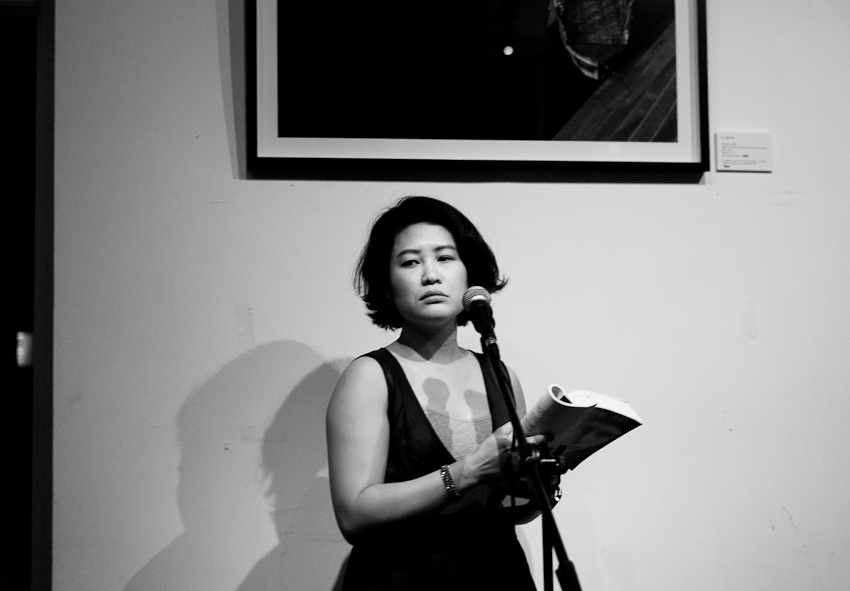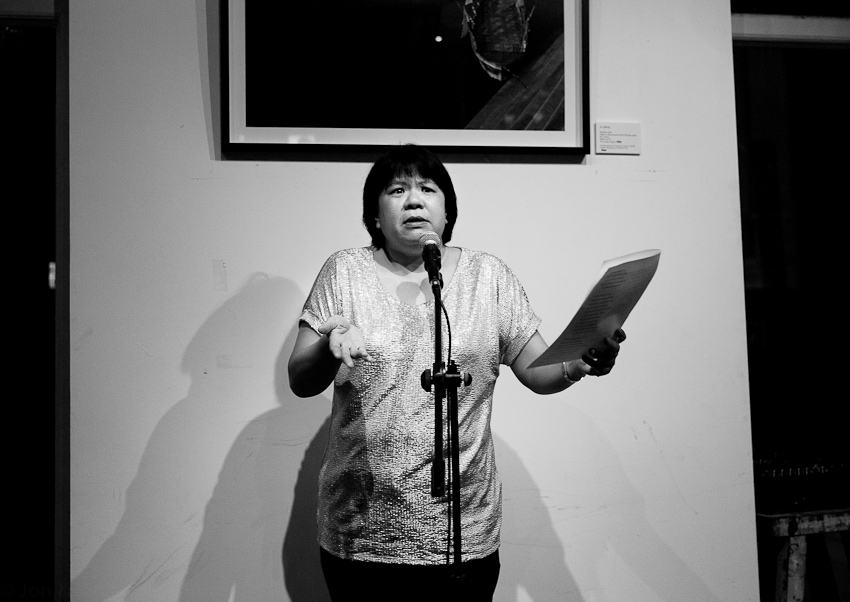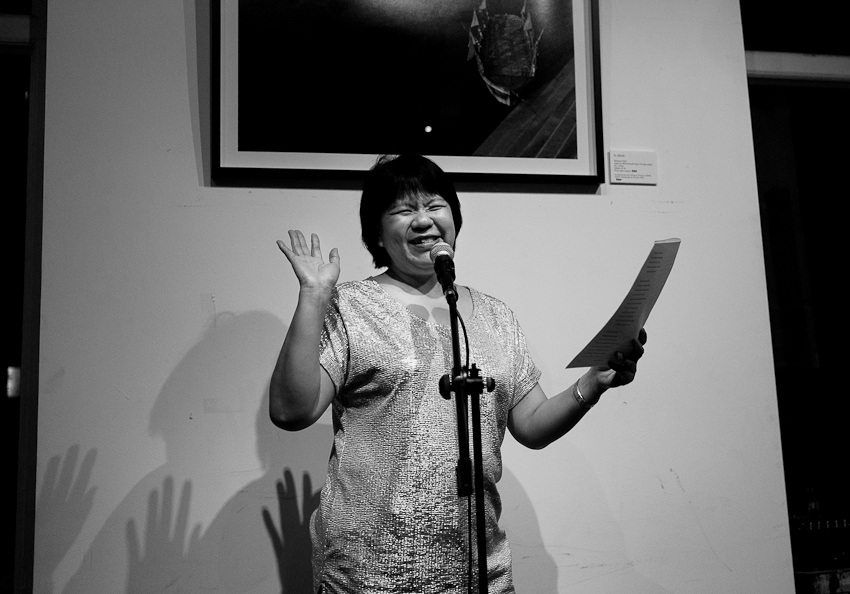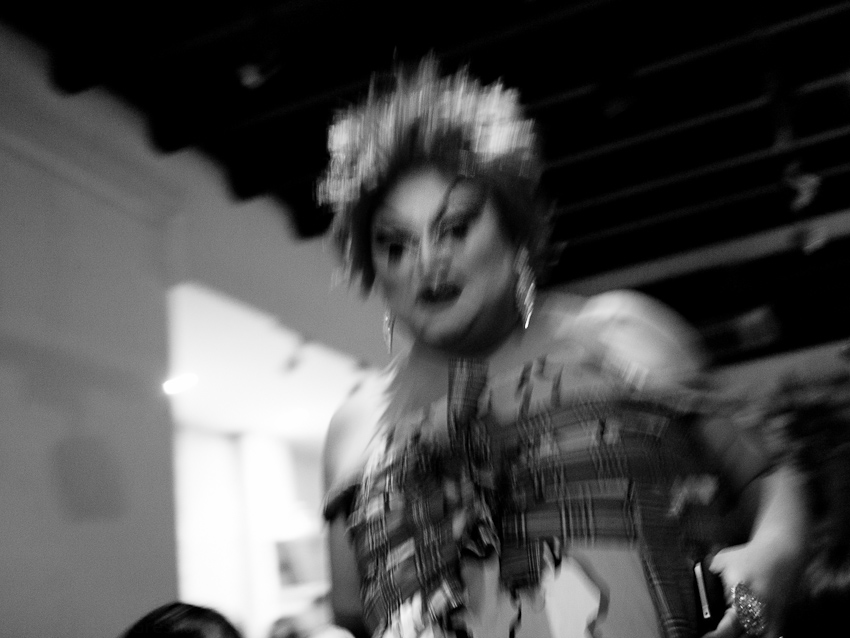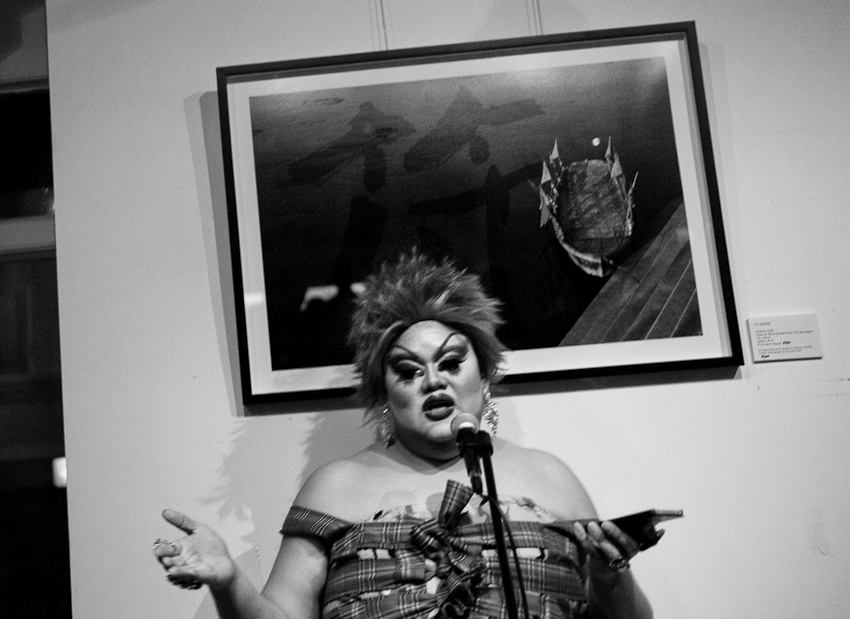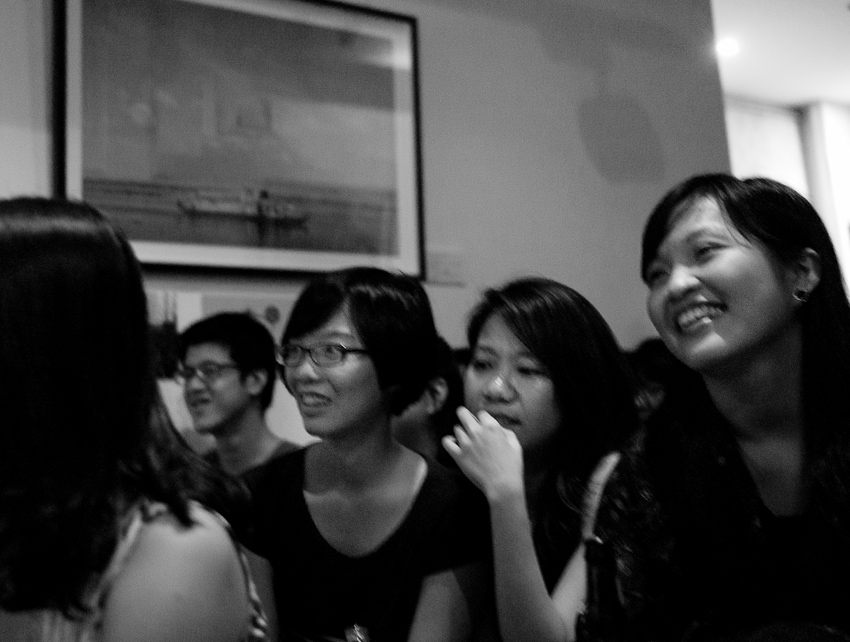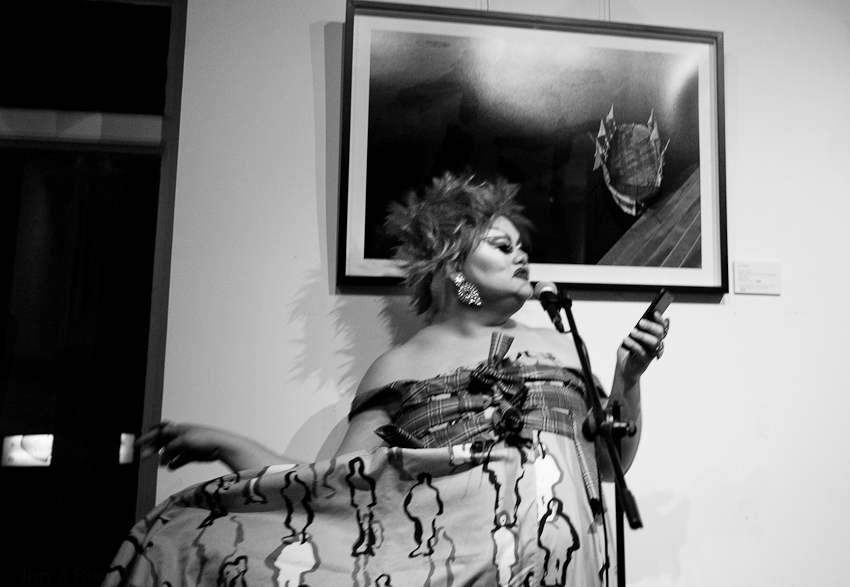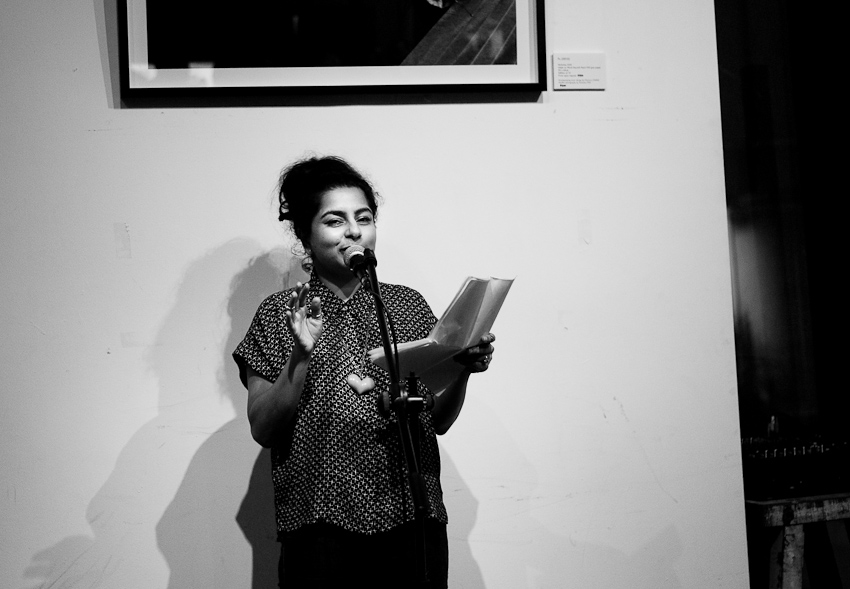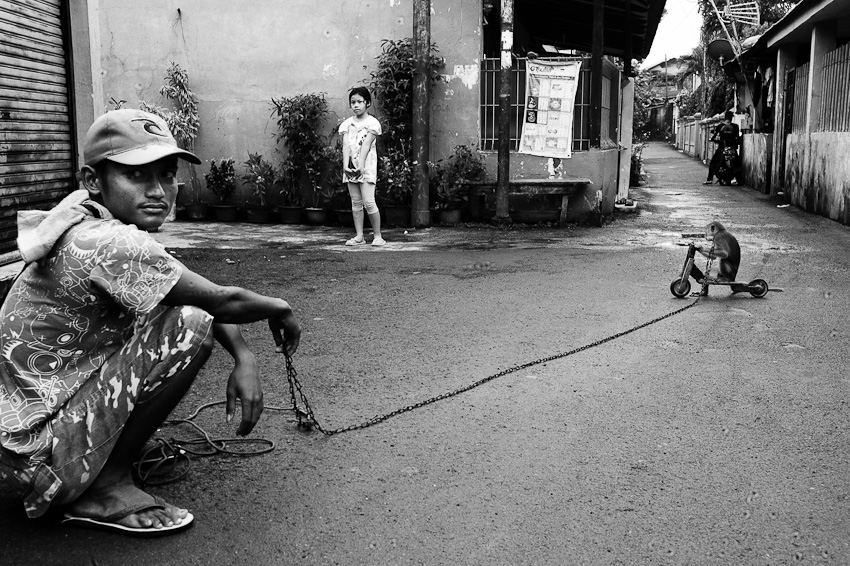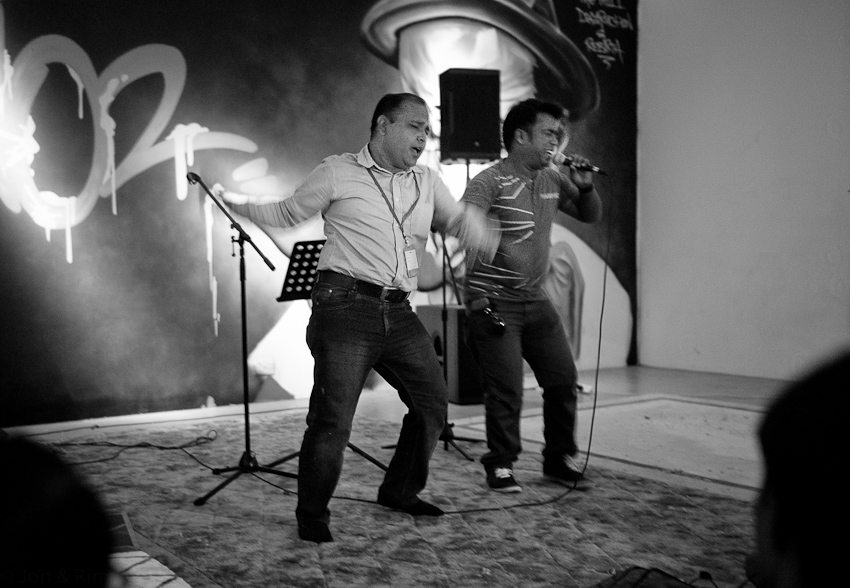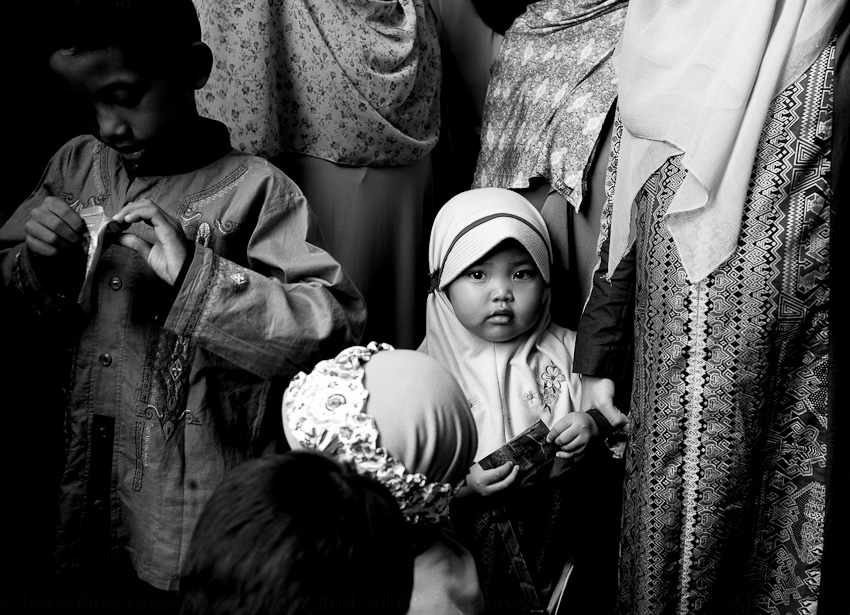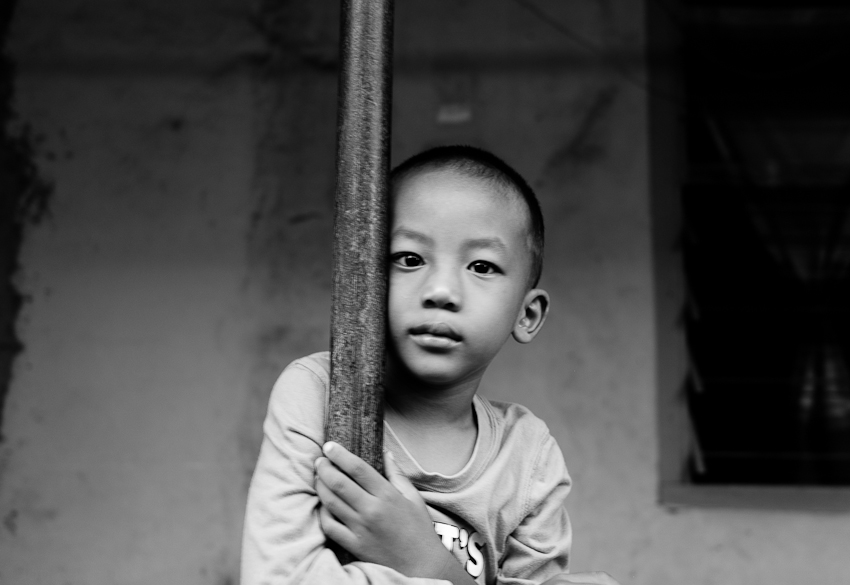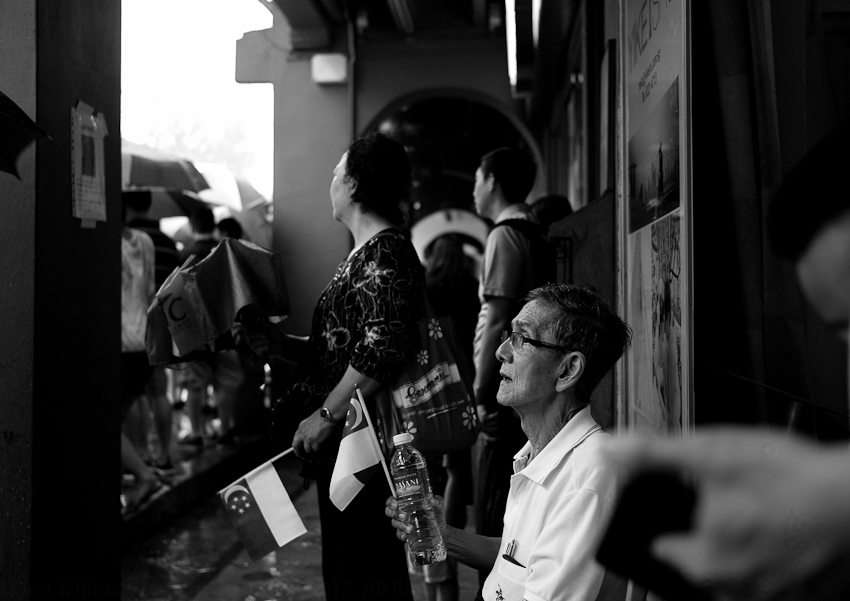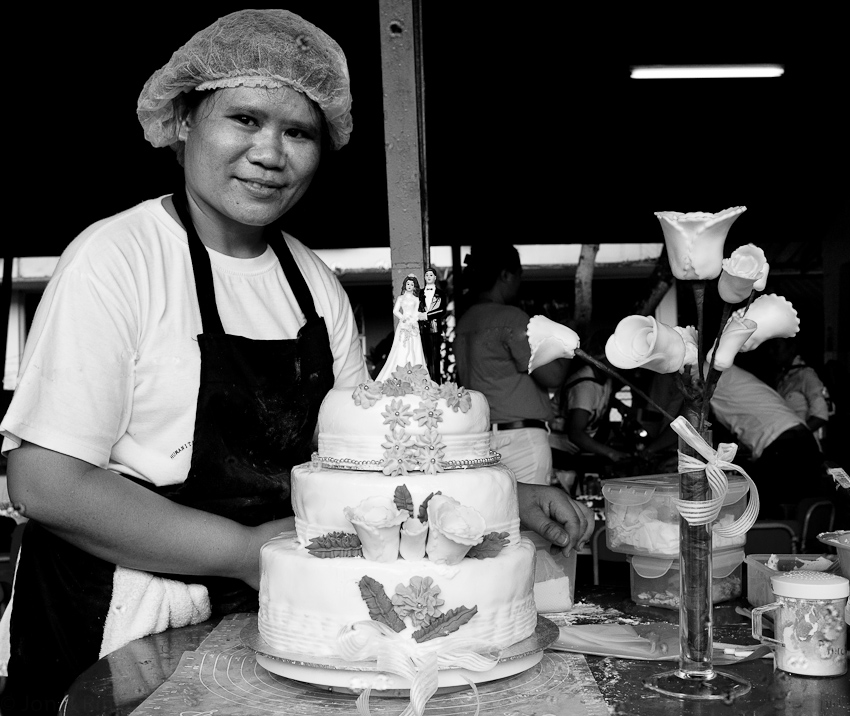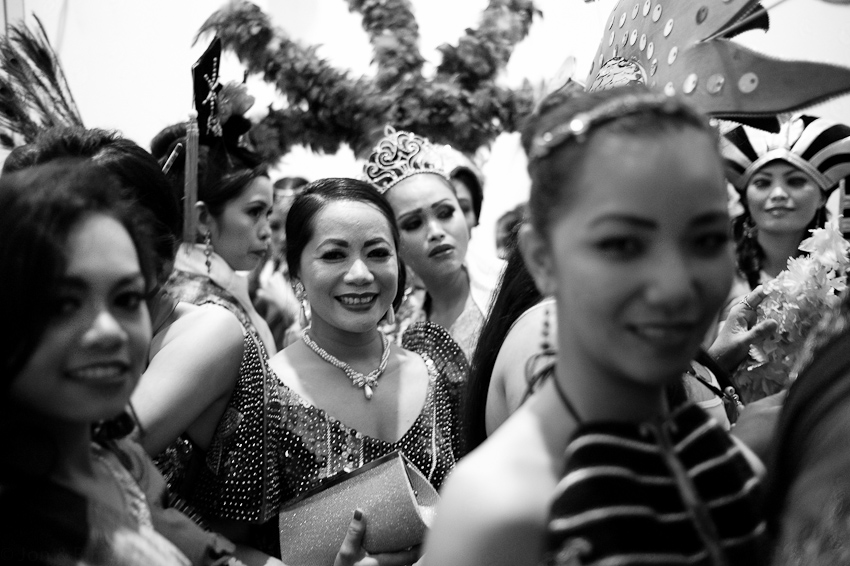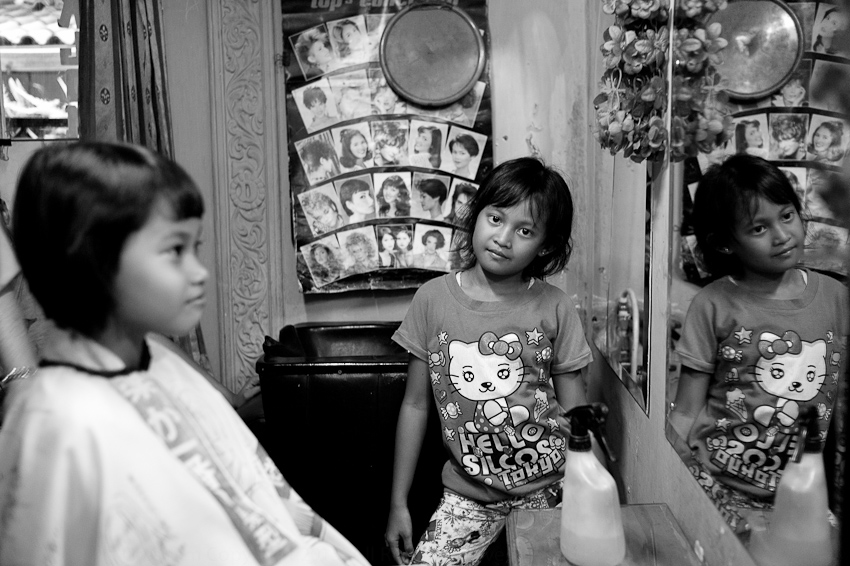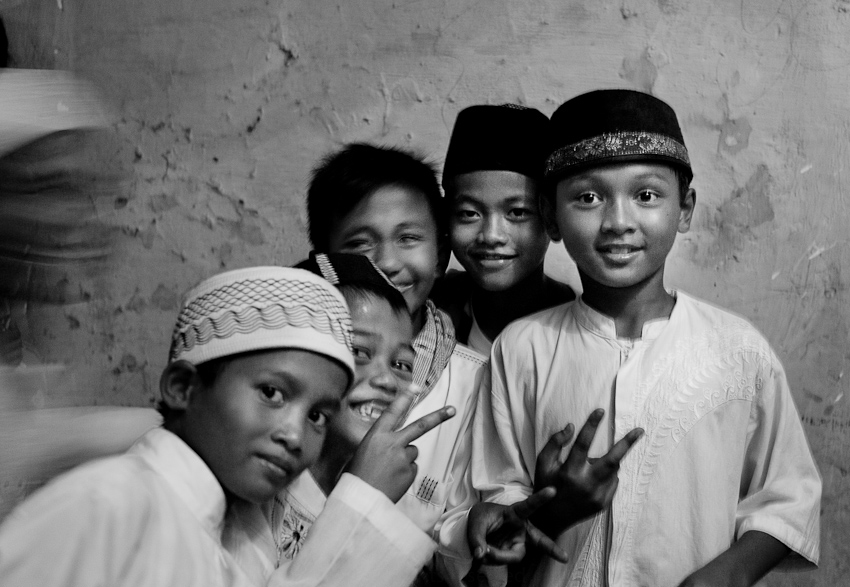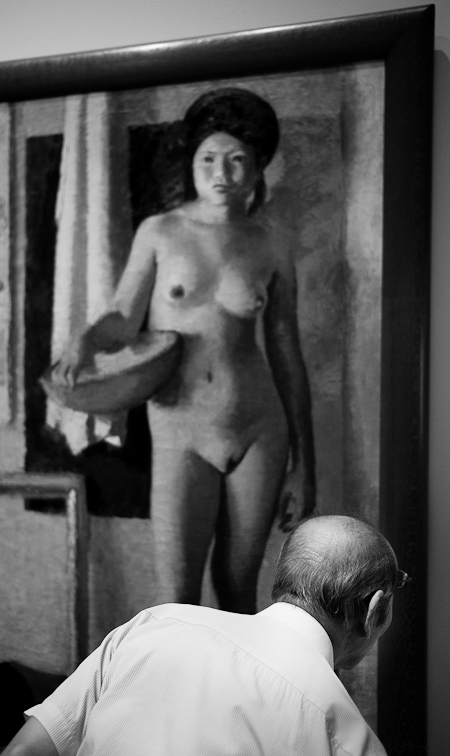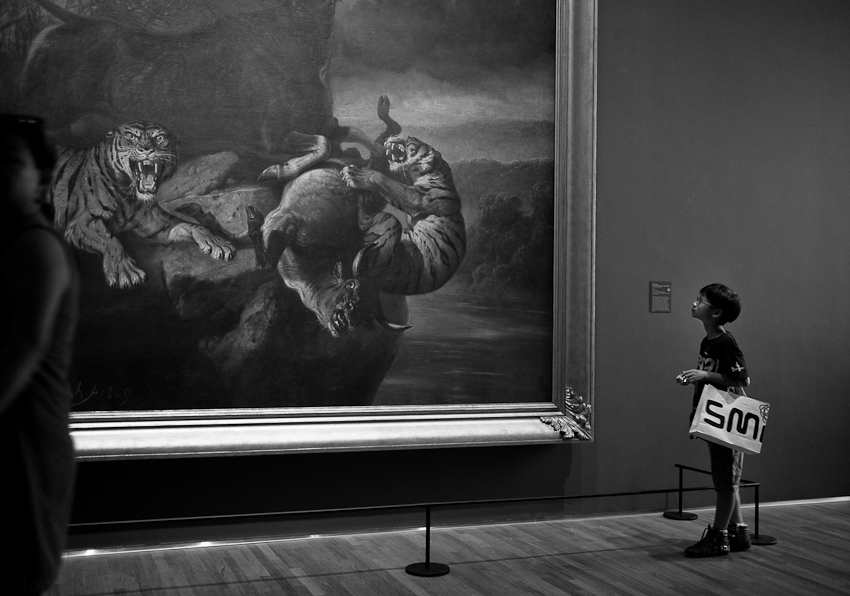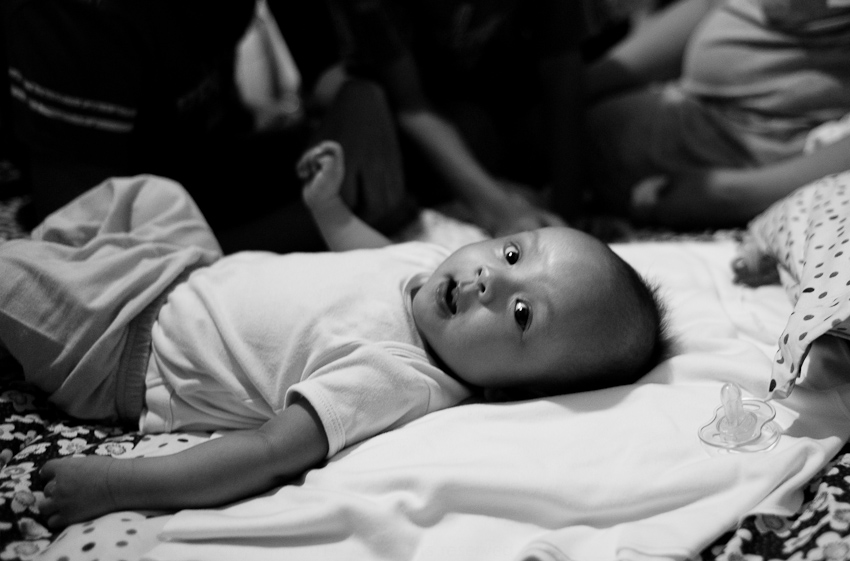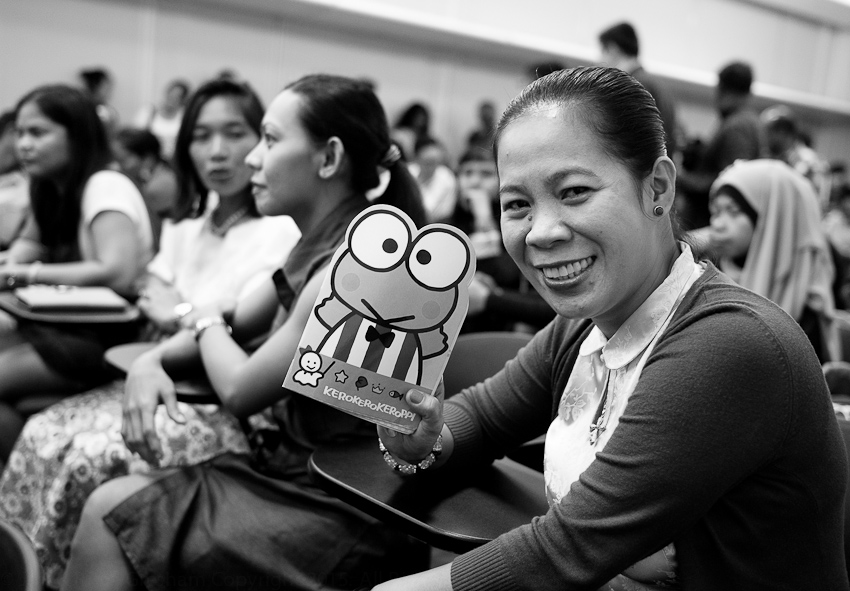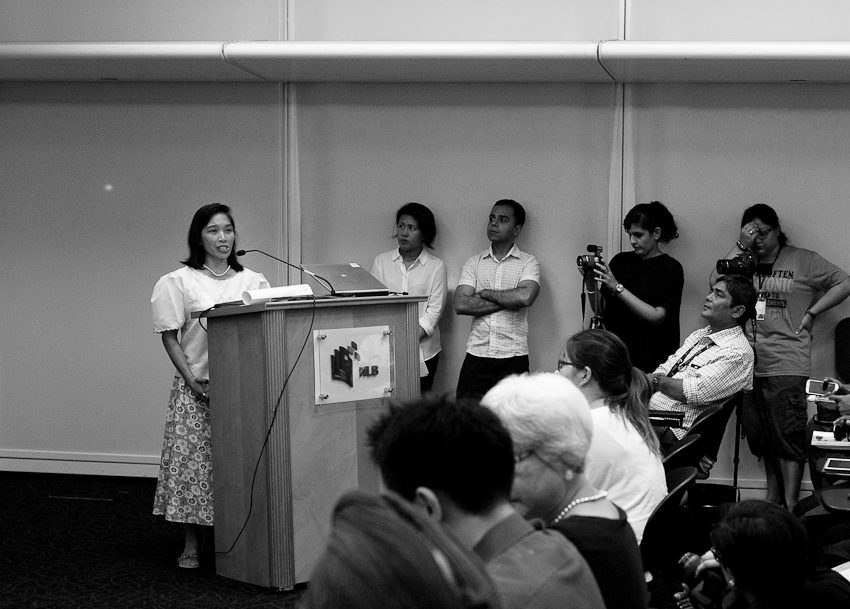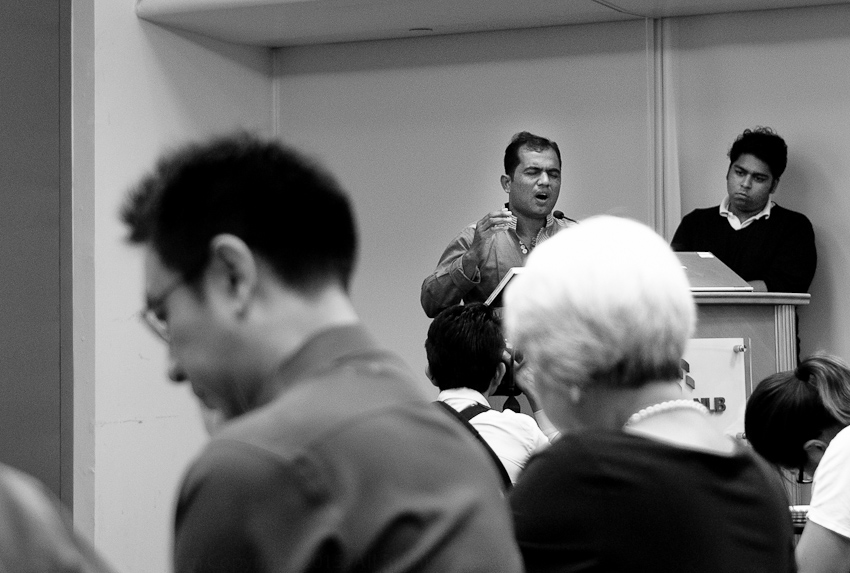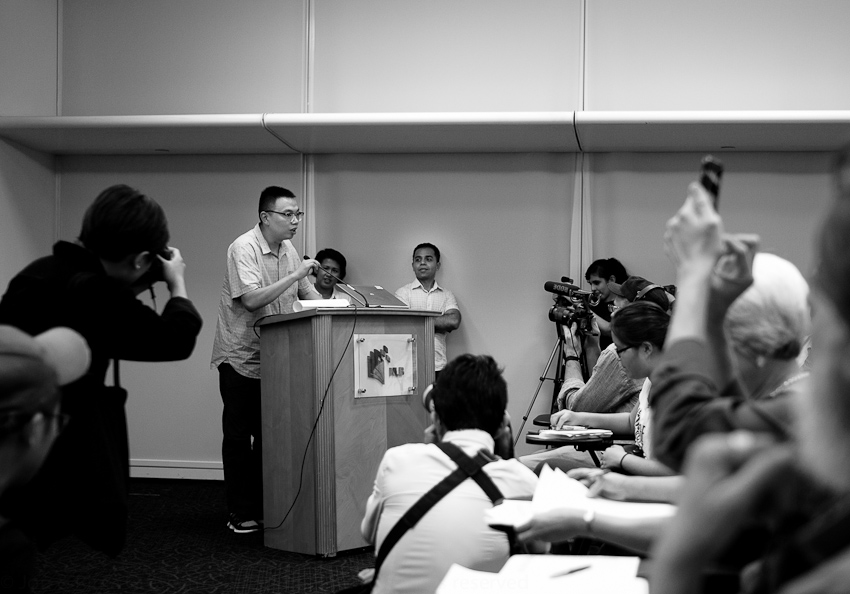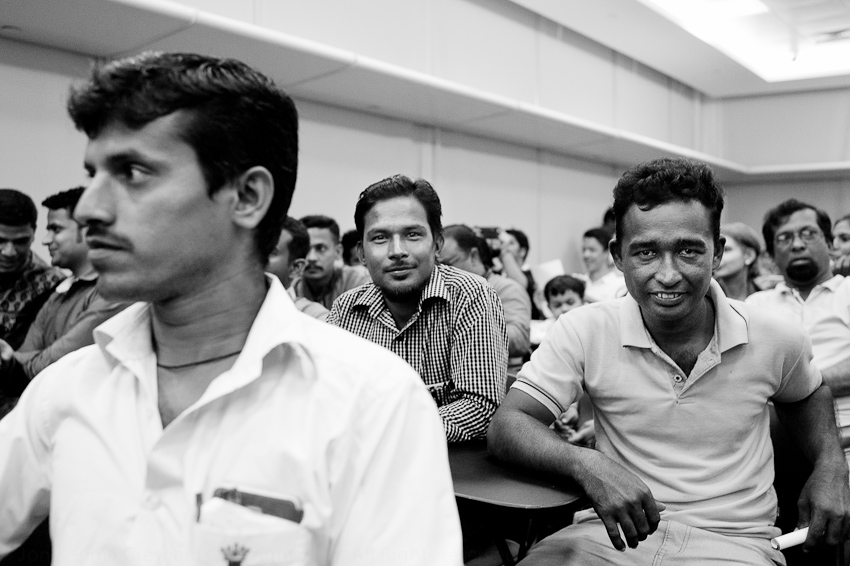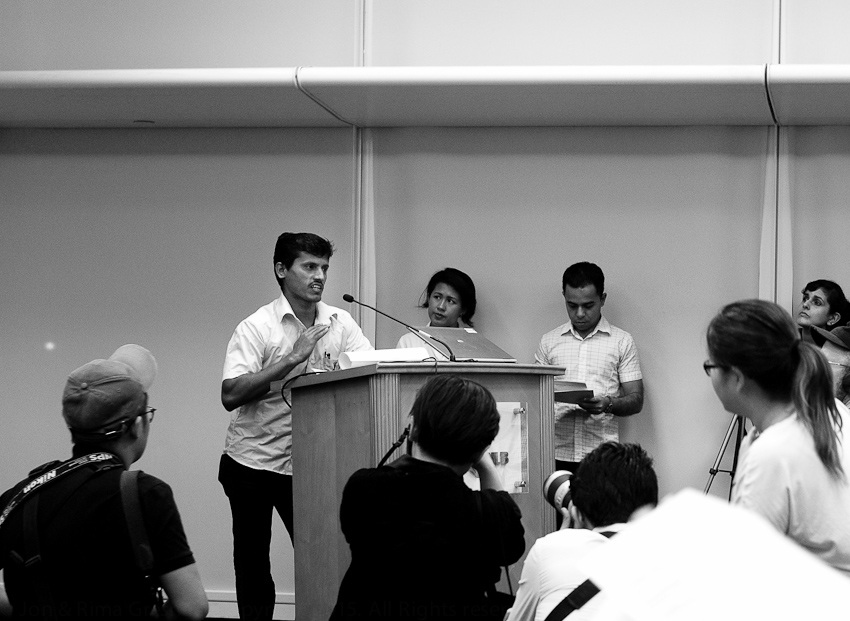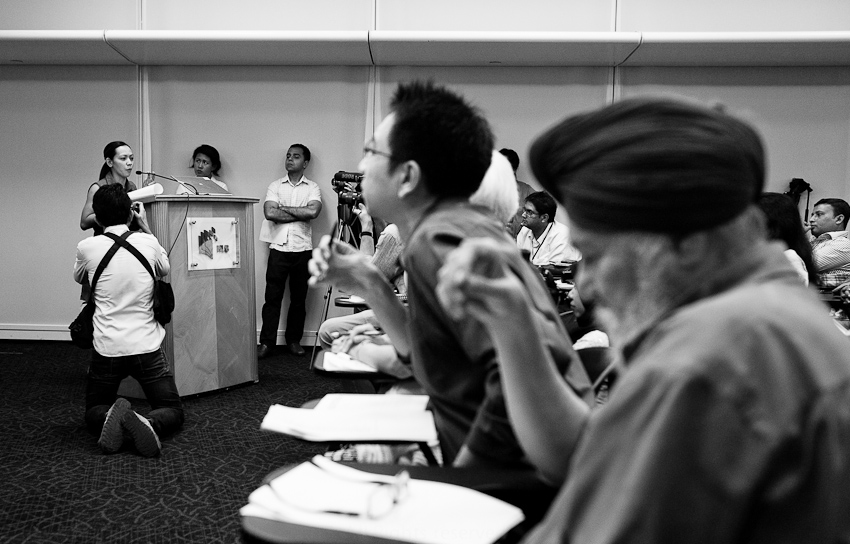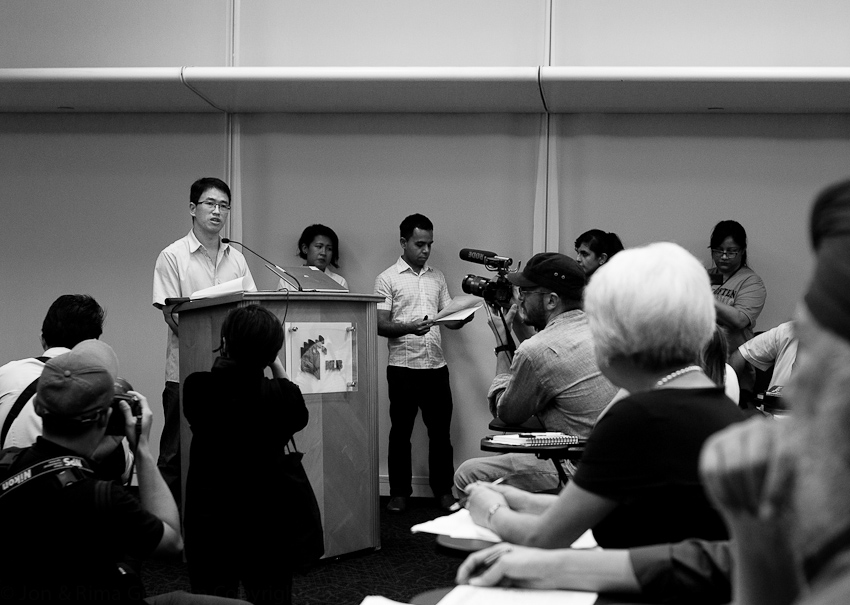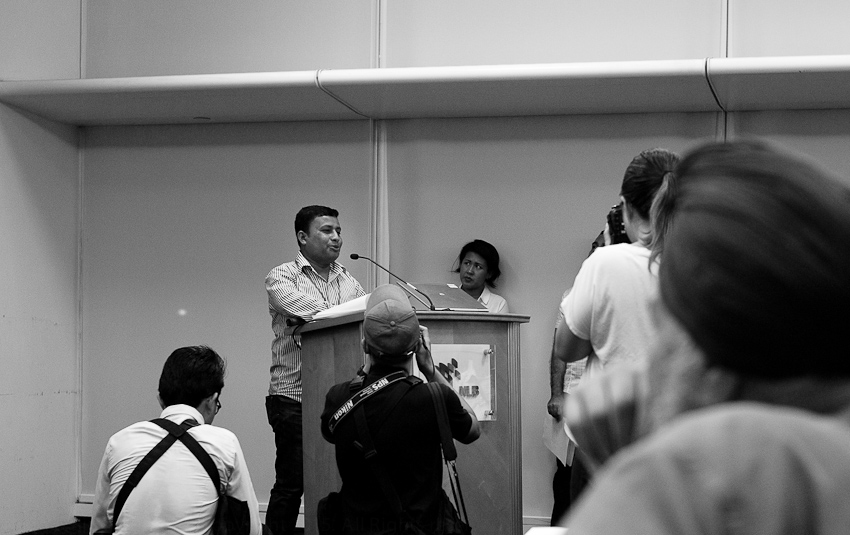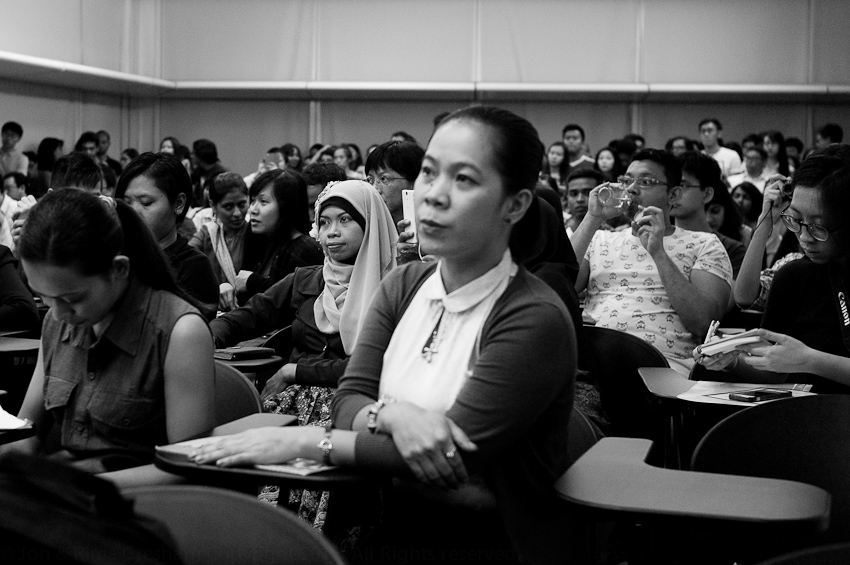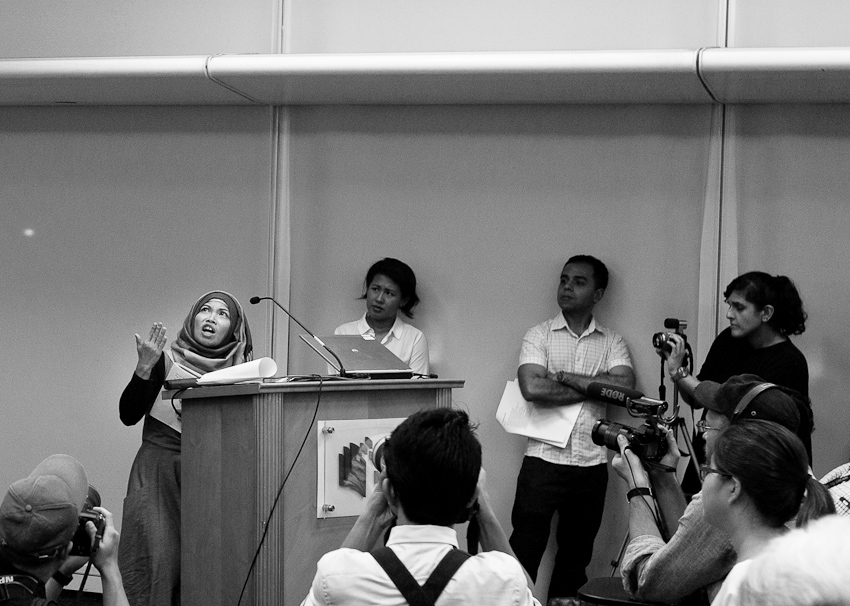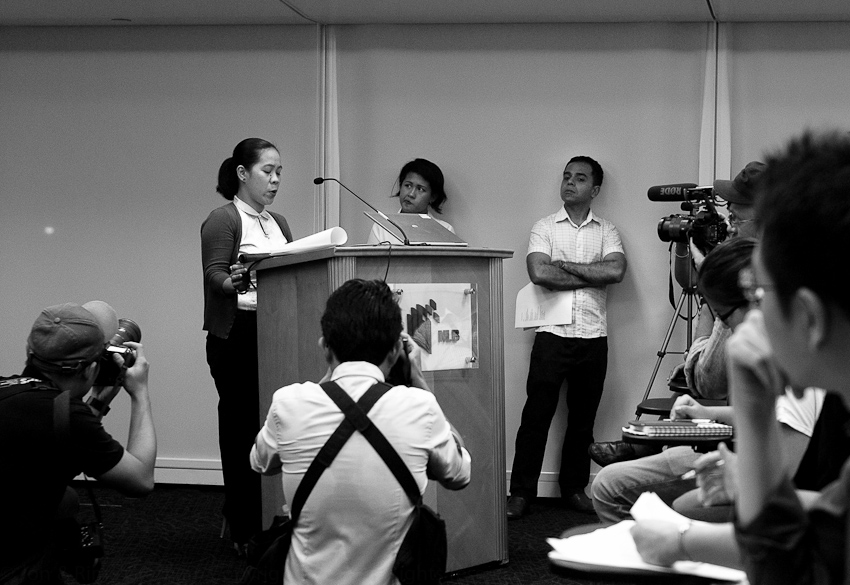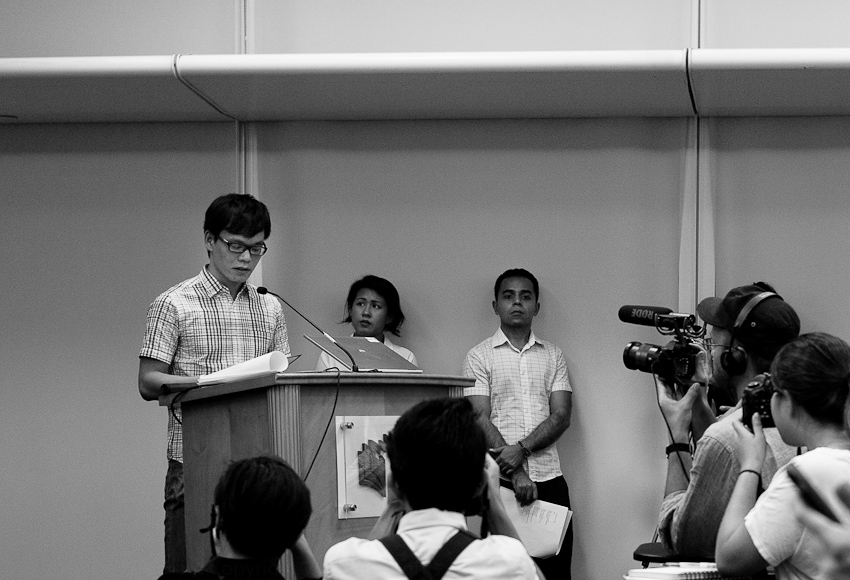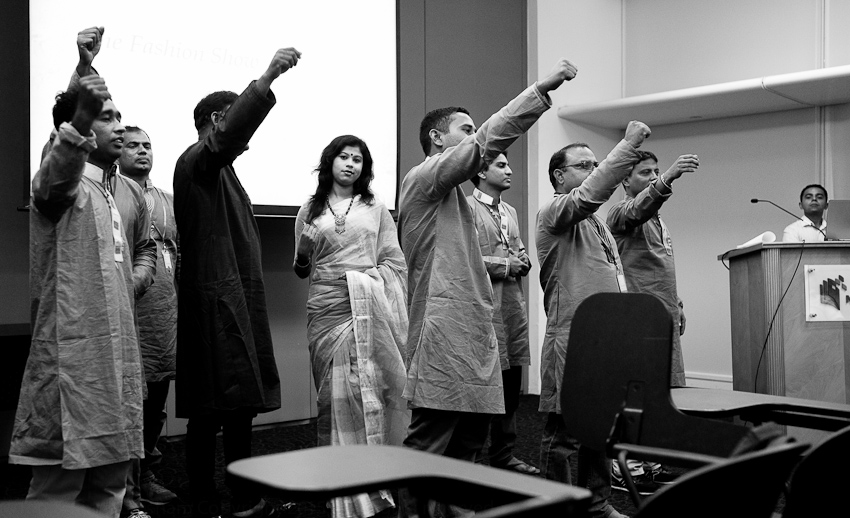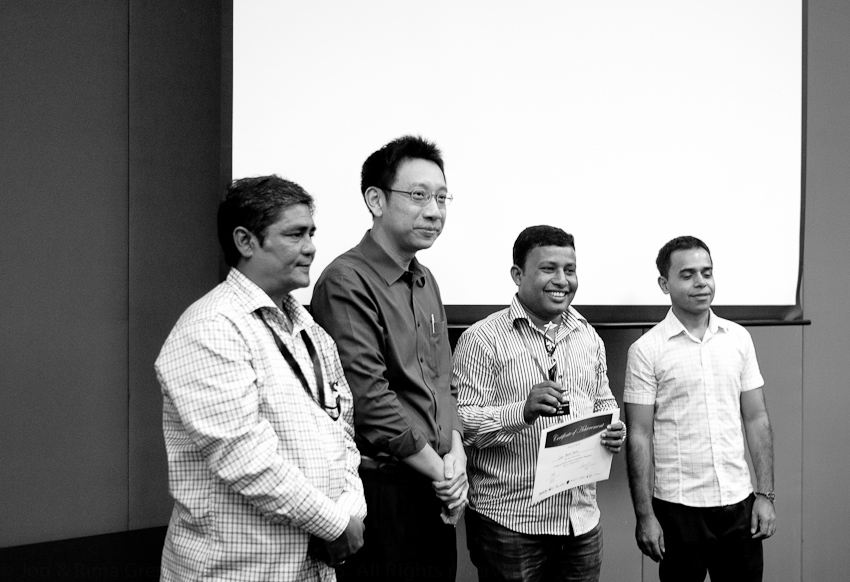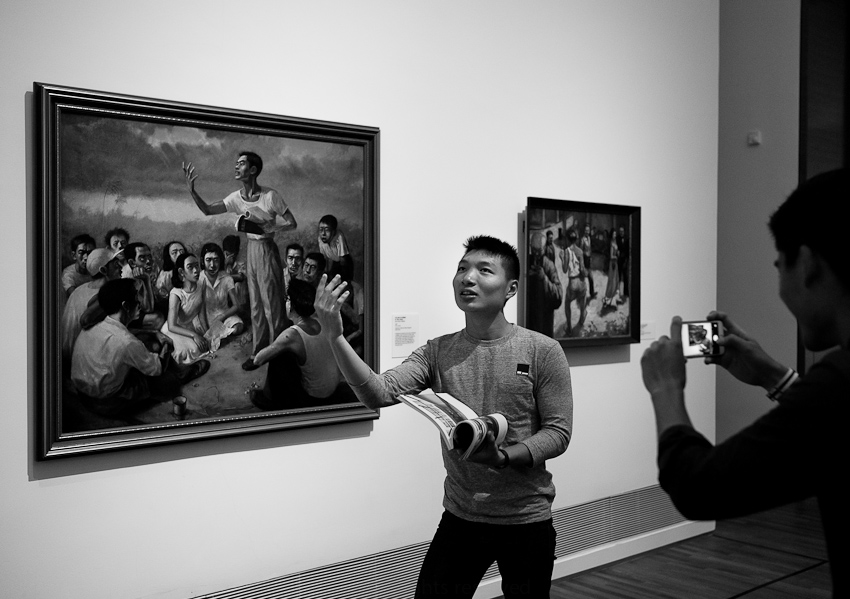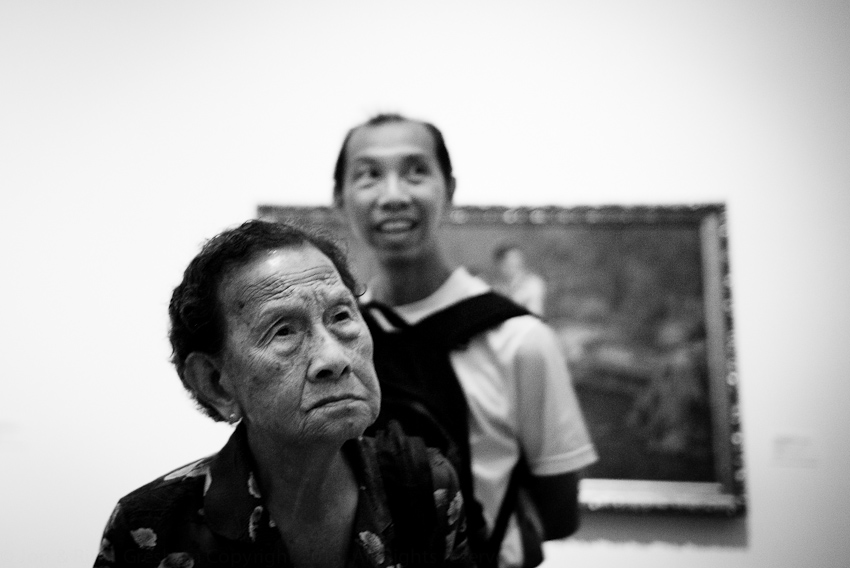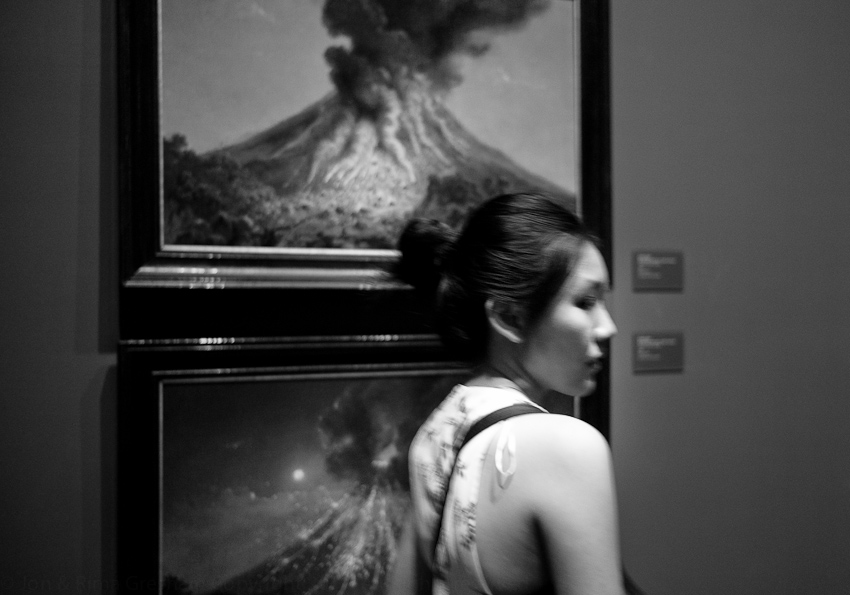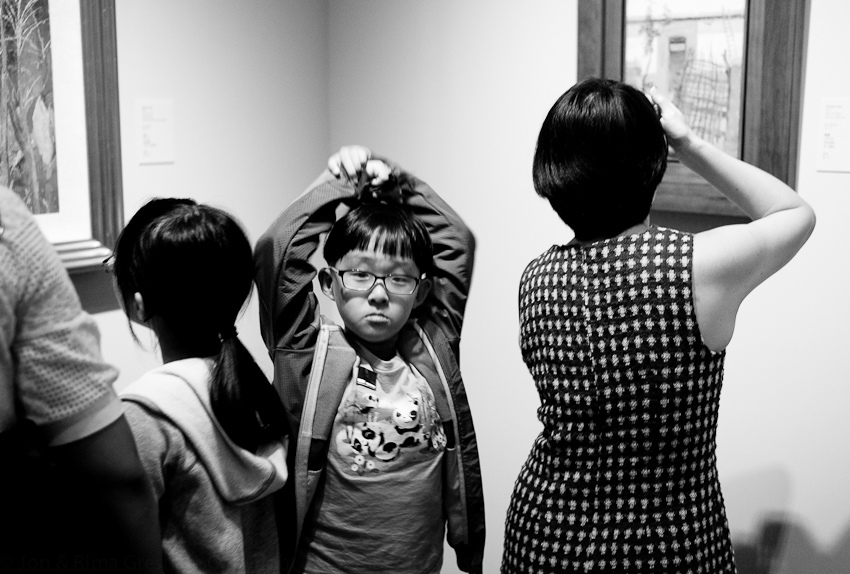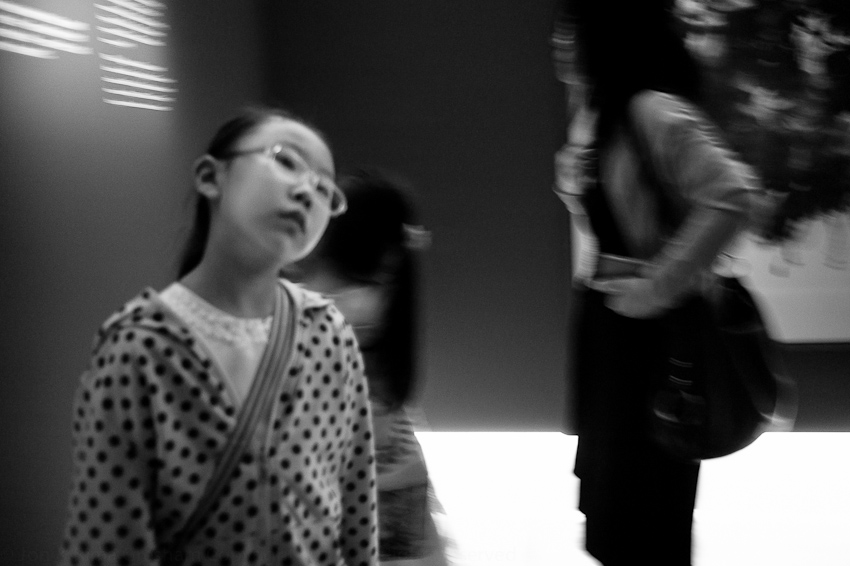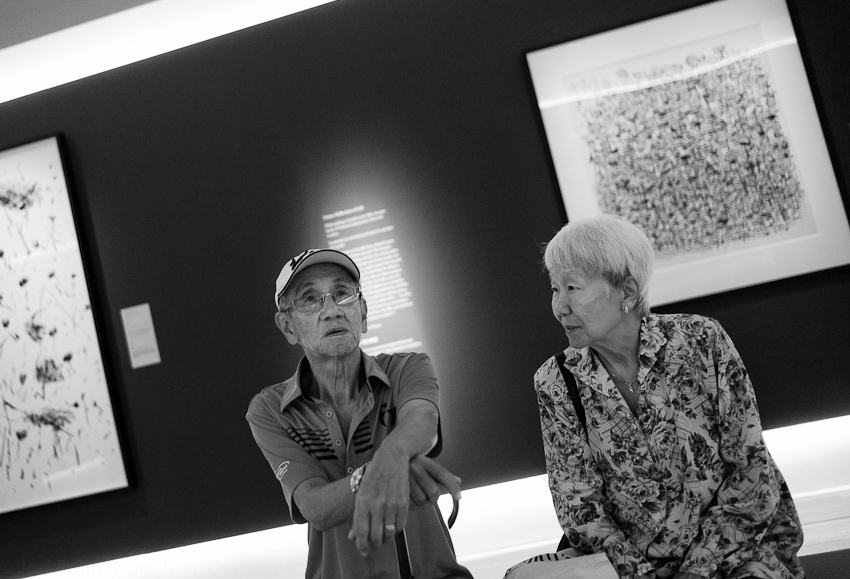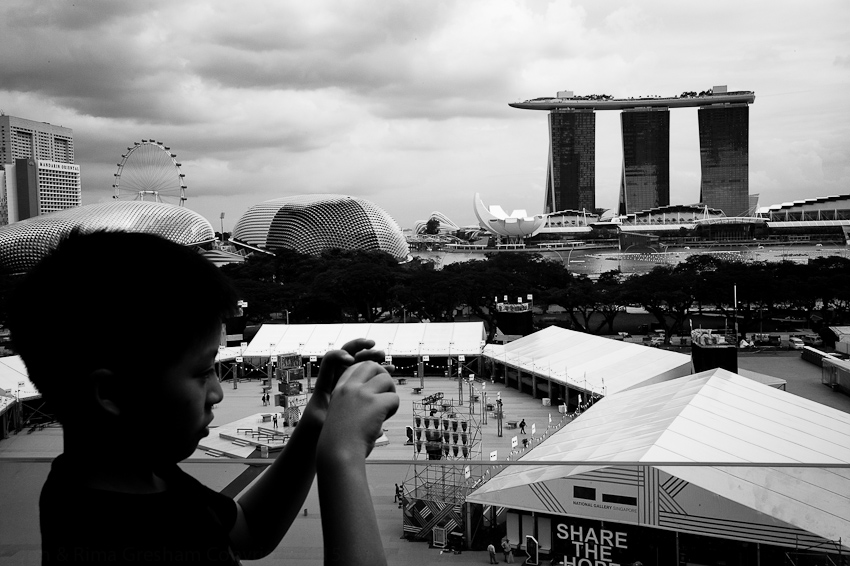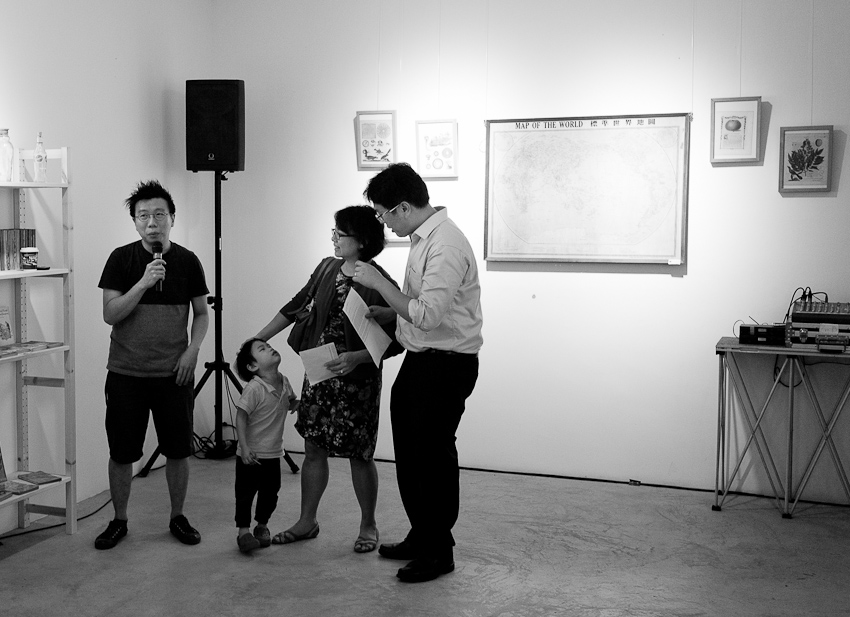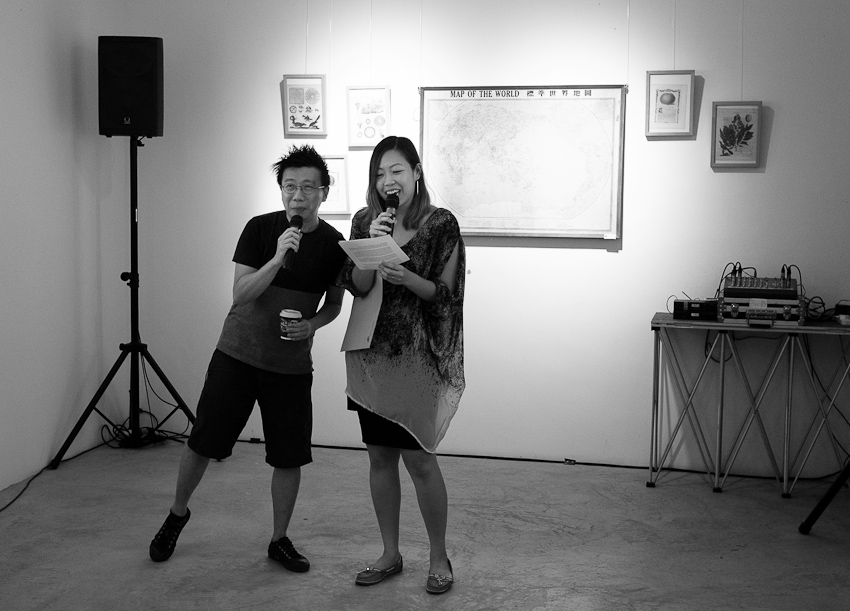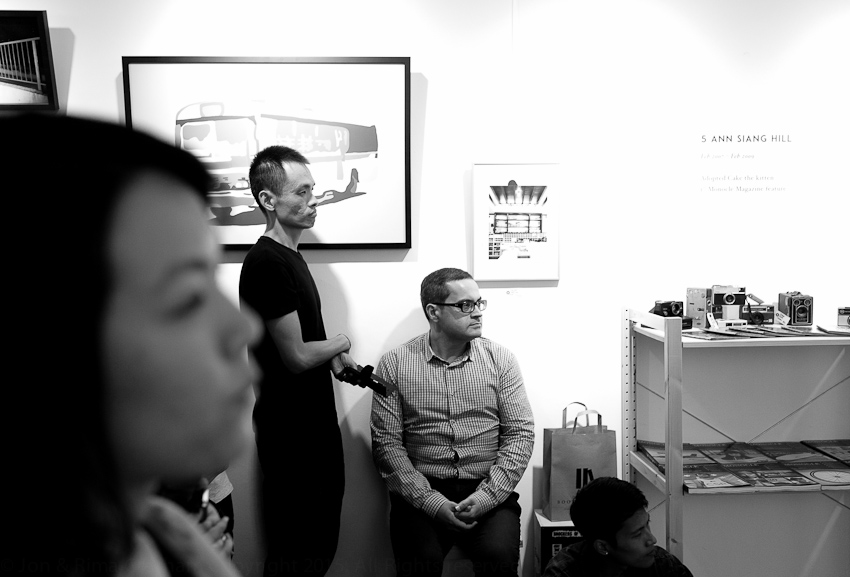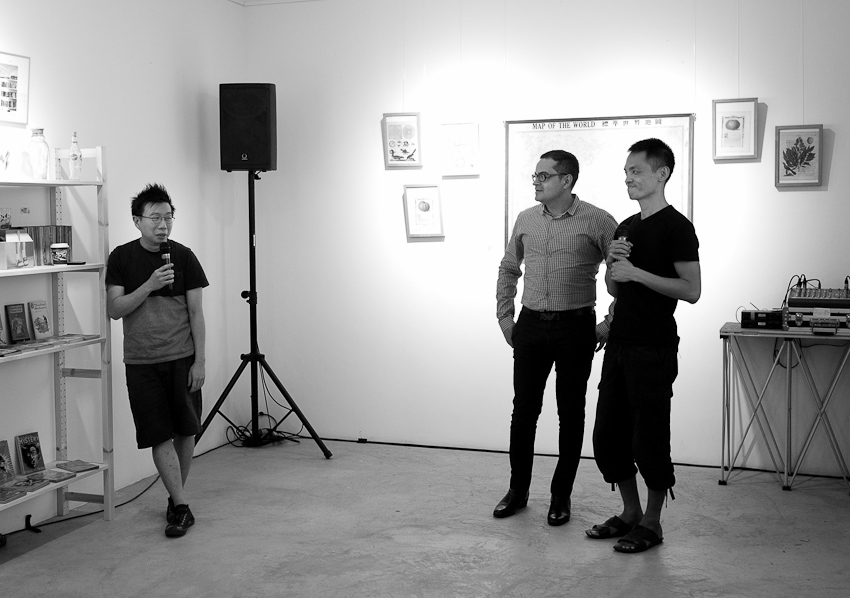Notes on Lady with a Lapdog by Anton Chekhov
The plot is basic, plain, a simple story of a romantic affair. There are only two characters, Gurov, who changes over the course of the story and Anna who is a fairly flat character. So why do I think this is such a great short story?
1) The story highlights:
a) the theme of the secret, authentic, inner life kept hidden from the world
b) the tension and duality between:
- superficial, practical, everyday ordinary surfaces, perceptions with no depth, impressions with little deeper understanding. How we present ourselves to the world and how we care to be seen.
versus
- the complexity of the protagonist’s hidden inner world, where the vulnerable, sacred, secret self is preserved. This is the place of deep desire and yearning, holy in the sense of being the core of identity and individual uniqueness.
Chekhov shows us in LWAL that love is about sharing this secret, sacred side with another person, and there is risk and uncertainty in this revelation.
2) The following key passage in the story highlights the key themes of LWAL:
”He had two lives: one, open, seen and known by all who cared to know, full of relative truth and of relative falsehood, exactly like the lives of his friends and acquaintances; and another life, running its course in secret. And through some strange, perhaps accidental, conjunction of circumstances, everything that was essential, of interest, and of value to him, everything in which he was sincere and did not deceive himself, everything that made the kernel of his life, was hidden from other people; and all that was false in him, the sheath in which he hid himself to conceal the truth—such, for instance, as his work in the bank, his discussions at the club, his “lower race,” his presence with his wife at anniversary festivities—all that was open. And he judged of others by himself, not believing in what he saw, and always believing that every man had his real, most interesting life under the cover of secrecy and under the cover of night."
3) The tension between the ‘secret’ and the ‘presented self’ are negotiated and played out in the events that make up LWAL.
4) This tension is occurring in Gurov, the male protagonist’s head. The story goes further and shows not just the fact of this tension but Gurov’s self awareness of this tension. Gurov is questioning whether he is truly in love or in love with a romantic fantasy. He agonizes over the division he senses in himself and right up until the last lines he is questioning if, and how he can keep, his love genuine and surviving the world.
5) The ending is uncertain and inconclusive. There is no real climax. No point. This was new and very different to Tolstoy & Dostoevsky's rebirth and resurrection endings. Some readers don't like the ending because it hangs & its unclear what happens to the characters and their relationship. But this is the whole point. It's more real and authentic. Because love is uncertain and requires maintenance, hard work and honesty.
At the end of the 19th century it's no longer enough for everybody to end up 'happily ever after' with the light of revelation from a divine source or fate, and the pretence that duality does not exist. The 20th century requires new 'truths' and honesty about the complexity, uncertain and fragile nature of life and love, and the inner life.
Do they love each other and will their relationship last? The character of the male protagonist is analysed. There is self reflection and questioning. This is done so well that it is clear the character does not know himself whether he is in love. "But his actions show that the lady is more than a plaything and that there is something more than fascination, pleasure or entertainment between them."
6) Charles May, the academic, blogger and short story expert writes:
"What makes the story so subtle and complex is that Chekhov presents the romance in such an understated and objective way that we realize there is no way to determine whether it is love or romance, for there is no way to distinguish between them. Although Gurov feels that he has a life open and seen, full of relative truth and falsehood like everyone else, he knows he has another life running its course in secret, a true life, and the false only was open to others. "All personal life," he feels, "rested on secrecy.""
So the mystery at the heart of LWAL is whether he really loves her or not. At the end Gurov doesn’t know himself but he has changed something has changed. Is it love or something less than love but better than before?
7) Chekhov’s achievement is in showing the journey Gurov takes from ladykiller to ‘possible’ genuine lover and showing this inner tension, the self-reflection, the psychology, the possibility of failure without being too explicit or inevitable and layering the story with ambiguity, signs and symbols to highlight this theme.
8) Gurov’s epiphany is taking place over the course of the whole story. Gurov’s reflections on his feelings for Anna are the cause of his epiphany. At the ending there is ‘momentary sacredness’ for Gurov. But it is unclear whether and how this ‘love’/exposure of the sacred self will endure
9) Charles May again:
“At the end of the story, Gurov and Anna wonder how they can free themselves from their intolerable bondage, but only Chekhov and the reader are aware that there is no way to free themselves, for the real bondage is not the manifest one, but the latent bondage all human beings have to the dilemma of never knowing which is the true self and which is the false one. Although it seems to the couple that they would soon find the solution and a new and splendid life would begin, at the same time it is clear to them that they had a long way to go and that the most complicated part of it was only just beginning. Indeed, what seems so simple is indeed complicated.”
10) Short Story ‘Recalcitrance’: at the ending of LWAL there is an illusion of closure i.e. it appears Gurov and Anna are together and in love - this could be an illusion, we don’t know if what we have read is a true exposure/revelation of the inner self of Gurov or a sham. Has Gurov really changed, perhaps he doesn't even know the answer to this question himself?
11) Chekhov nails what it is to be human and living in the modern world i.e. we have double lives, we behave in certain ways to earn a living and take a place in ‘society’. We sublimate our inner self to survive and rarely reveal what we’d really like to do to be fulfilled. Perhaps the only truly happy individuals are those with the courage and strength to let their inner life play out in their everyday external life.
12) The short story explores this theme better than the novel - because a partial examination of a life story arc results in a more forensic concentrated attention - less is more – there is a focus and intensity of the gaze in a short story which is often diluted or dissipates over the course of a novel. LWAL is a good example where brevity and descriptive clarity allow for greater precision, experimentation and attitude. These aspects of the story are more sustainable and carry a greater intensity over a shorter rather than a longer time span.
13) LWAL is mysterious and complex and you can return to it again and again.
Charles May again : “As Eudora Welty once said, "The first thing we see about a story is its mystery. And in the best stories, we return at the last to see mystery again. Every good story has mystery--not the puzzle kind, but the mystery of allurement. As we understand the story better, it is likely that the mystery does not necessarily decrease; rather it simply grows more beautiful. More so than in the novel, the short story most often deals with phenomena for which there is no clearly discernible logical, sociological, or psychological cause. As Welty says, the "first thing we notice about our story is that we can't really see the solid outlines of it--it seems bathed in something of its own. It is wrapped in an atmosphere. This is what makes it shine, perhaps, as well as what initial obscures its plain, real shape."”
14) Charles May:
“In Chekhov’s great story, “Lady with the Dog,” The secrecy of Gurov’s idealized desire constitutes true reality for him, just as the sacred constituted true reality for primitive man and woman. Indeed, in the modern short story, idealized human desire--unsayable, unrealizable, always hovering, like religious experience in the realm of the "not yet"--replaces the sacred revelation embodied in primal short-fiction forms. As the couple sit looking at the sea, Gurov feels that “in reality everything is beautiful in this world when one reflects: everything except what we think or do ourselves…” When Anna leaves, Gurov thinks it has been just another episode or adventure in his life, nothing left but a memory that would visit him only from time to time. But she haunts him, and he imagines her to be lovelier and himself to be finer than they actually were in Yalta. The story ends with the couple agonizing about how to avoid the secrecy and to be free of their intolerable bondage. “How? How?” Gurov asks. But, of course there is no answer, no way that the romantic, spiritual ideal they store up in their ghostly hearts can ever be actualized, except, of course, as it is manifested in the short story—as the immanent, the liminal, the “not yet.””
15) Look at how Chekhov's unadorned descriptions of carpet and rooms point to the state of mind. How even the phrase 'the sturgeon was smelly.' reveals how shallow and foolish those are around him who cannot know how he feels inside.
16) Negatives: Anna, the female character is flat, a tool for exploration of male. So the story is very male centric and sexist as women are seen to be inferior. But Gurov recognises or at least has in his psychology that this surface judgment is inadequate and is an obstacle to love and connection. For balance maybe we should read Joyce Carol Oates' version from Anna's POV.
17) Vladimir Nabokov thought LWAL was one of the greatest stories ever. Nabokov said:
"Chekhov was the first among writers to rely so much upon the undercurrents of suggestion to convey a definite meaning."
"Chekhov could never write a good long novel — he was a sprinter, not a stayer. He could not, it seems, hold long enough in focus the pattern of life that his genius perceived here and there: he could retain it in its patchy vividness just long enough to make a short story out of it, but it refused to keep bright and detailed as it should keep if it had to be turned into a long and sustained novel."
18) Nabokov's points on LWAL:
"We will now repeat the different features that are typical for this and other Chekhov tales.
"First: The story is told in the most natural way possible, not beside the after-dinner fireplace as with Turgenevor Maupassant but in the way one person relates to another the most important things in his life, slowly and yet without a break, in a slightly subdued voice.
"Second: Exact and rich characterization is attained by a careful selection and careful distribution of minute but striking features, with perfect contempt for the sustained description, repetition, and strong emphasis of ordinary authors. In this or that description one detail is chosen to illume the whole setting."
"Third: There is no special moral to be drawn and no special message to be received. Compare this to the special delivery stories of Gorki or Thomas Mann."
"Fourth :The story is based on a system of waves, on the shades of this or that mood. If in Gorki's world the molecules forming it are matter, here, in Chekhov, we get a world of waves instead of particles of matter, which, incidentally, is a nearer approach to the modern scientific understanding of the universe."
"Fifth: The contrast of poetry and prose stressed here and there with such insight and humor is, in the long run, a contrast only for the heroes; in reality we feel, and this is again typical of authentic genius, that for Chekhov the lofty and the base are not different, that the slice of watermelon and the violet sea, and the hands of the town-governor, are essential points of the "beauty plus pity" of the world."
"Sixth: The story does not really end, for as long as people are alive, there is no possible and definite conclusion to their troubles or hopes or dreams."
"Seventh: The storyteller seems to keep going out of his way to allude to trifles, every one of which in another type of story would mean a signpost denoting a turn in the action — for instance, the two boys at the theatre would be eavesdroppers, and rumors would spread, or the inkstand would mean a letter changing the course of the story; but just because these trifles are meaningless, they are all-important in giving the real atmosphere of this particular story."

